When undertaking a bathroom remodel, many homeowners tend to focus on the details of the tiles, the shower system, or lighting,, and miss one subtle yet unexpectedly important detail: the medicine cabinet. While it may seem like an easy element, the way a cabinet door opens can significantly impact the convenience and safety of daily use, not to mention the visual presentation of your bathroom.
In recent years, as bathroom remodels have gained popularity, industry professionals and designers have noted that homeowners have become more conscious of cabinet door swing direction; for brief and occasional use, the door swing choice may simply be a design choice, but for daily use, it is a practical consideration.
This guide will take a closer look at the issue, with its practical information intertwined with industry advice, user considerations, and advice for selecting the best door swing direction during a bathroom remodel.
1. Why Medicine Cabinets Still Matter
While minimalism and open shelving are certainly design trends right now, medicine cabinets are still perceived as functional fixtures in most bathrooms. They hide all your daily necessities, from toothpaste and skincare to other medications, while keeping your counter space clear of clutter.
A 2024 report from the National Kitchen and Bath Association (NKBA) showed that 72% of homeowners remodeling their bathrooms still planned to install medicine cabinets. Designers shared their thoughts on medicine cabinets, which are a combination of functionality and style that can be concealed behind a closed door. This aspect is essential in smaller bathrooms,, where storage capabilities can be limited.
However, the convenience of a medicine cabinet relies heavily on the way the door opens; if the door swings in the wrong direction, it can block light, collide with other fixtures, or present a safety hazard.
2. The Swing Direction Dilemma
When deciding which way a medicine cabinet should open, most people face two standard options:
· Left-Swing Door: Hinges on the left, handle on the right.
· Right-Swing Door: Hinges on the right, handle on the left.
At first glance, it may seem like a minor detail, but the swing direction can affect everything from accessibility to design flow. Here are some key factors that experts and homeowners alike must weigh.
3. Practical Factors to Consider
1. Dominant Hand Usage
· Right-handed users generally prefer doors hinged on the left (with the handle on the right), as this allows them to open the door with their dominant hand while using the other hand for tasks such as using the bathroom.
· Left-handed users may prefer the opposite.
2. Mirror and Lighting Placement
Medicine cabinets often double as mirrors. If the swing blocks natural light from a window or artificial light from sconces, it can cause shadowing and inconvenience during grooming.
3. Proximity to Other Fixtures
A door that swings toward the shower, sink, or toilet may interfere with usage or bump into other fixtures. This is especially crucial in compact bathrooms.
4. Safety Concerns
Improperly placed doors can pose risks. For instance, a door opening toward a busy traffic area might hit another person, especially in shared bathrooms.
5. Aesthetic Flow
Designers stress the importance of visual balance. A door that swings in harmony with the bathroom’s overall layout maintains a cohesive, polished appearance.

4. Industry Insights: Reversible and Sliding Options
Contemporary manufacturers recognize the swing-direction conundrum and are starting to offer reversible-hinge medicine cabinets. These give the homeowner an option of the swing direction when it’s time to install the cabinet, and leave the flexibility to find another hinge direction if needs change later.
Another trend gaining traction is sliding medicine cabinets, which have doors that slide sideways instead of swinging outward. These are especially useful in urban apartments and minimalist designs, as they eliminate clearance issues.
A survey from Houzz shows that the installation of sliding-door medicine cabinets continued to show an uptick of 20% in 2024, and helps show the increased demand for solutions that save space.
5. Expert Tips for Making the Right Choice
Designers and remodelers recommend the following steps when choosing cabinet swing direction:
1. Stand in Front of Your Vanity
2. Simulate daily activities, such as brushing your teeth and washing your face, and test which direction feels more natural.
3. Map Your Bathroom Layout
4. Sketch the floor plan and note the positions of the sink, shower, window, and lights. Ensure the swing won’t block key elements.
5. Think Long-Term
6. If you plan to sell your home, choose a setup that’s practical for the average user (typically right-handed).
7. Check for Adjustability
8. Opt for cabinets with reversible hinges or modular systems for maximum flexibility.
9. Don’t Forget Design Harmony
10. Work with your remodeler to ensure the cabinet complements the bathroom's style, from finishes to handle placement.
6. Case Studies: Real-World Experiences
· Compact Apartment Bathroom: A young professional in New York opted for a sliding-door medicine cabinet to prevent collisions with her narrow shower stall. She noted it “maximized space without sacrificing storage.”
· Family Home Renovation: A family of four in Chicago opted for a dual-mirror, reversible-hinge cabinet, allowing them to customize swing directions to fit both adults’ and children’s routines.
· Luxury Remodel: In Los Angeles, a designer installed a recessed cabinet with push-to-open mirrored doors, ensuring a seamless look while avoiding handle clutter.
These examples show how different households prioritize convenience, safety, and style when choosing cabinet configurations.
7. The Bigger Picture: Bathroom Efficiency and Lifestyle
Selecting a cabinet door orientation may seem like a minor detail. However, it represents a bigger shift: homeowners are becoming more mindful about how their design decisions enhance efficiency and lifestyle each day.
In the position of remodeling today, functionality and aesthetics are becoming intertwined. The correct orientation can influence your behavior, remove frustration, and further develop your overall wellness in the bath.
Furthermore, as sustainability continues to influence design, many manufacturers are beginning to include sustainable materials and LED lighting into cabinets, which combine practicality and sustainability.
8. Conclusion
Remodeling a bathroom is an extensive project that involves numerous choices, including tiles, faucets, and more. However, you might be surprised at how everything, from the swing direction of the medicine cabinet door, can enhance your comfort and usability.
There is no one-size-fits-all answer to this question, but homeowners should consider their dominant hand, what other elements are in the way, the configuration of their bathroom plan, at what angle, and under what lighting they are using the cabinet, and safety when deciding. Reversible hinges and sliding-door applications are also becoming more common; the options are becoming more customizable!
The appropriate medicine cabinet is not just for storing toiletries, but also a unique, functional aesthetic that improves the overall experience of your lifestyle. If you are mindful of how it opens, the convenience and style you deserve will be evident in your design!

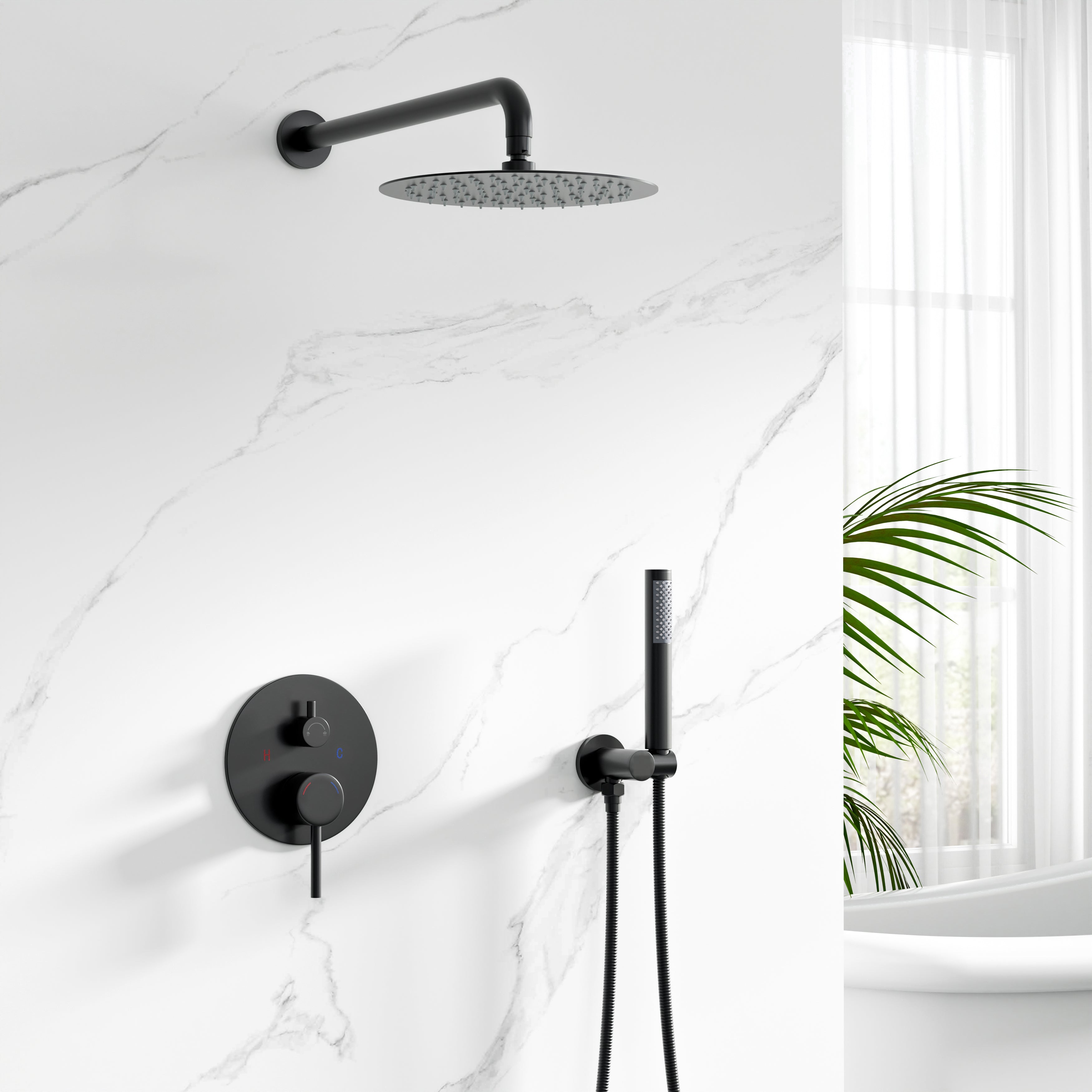
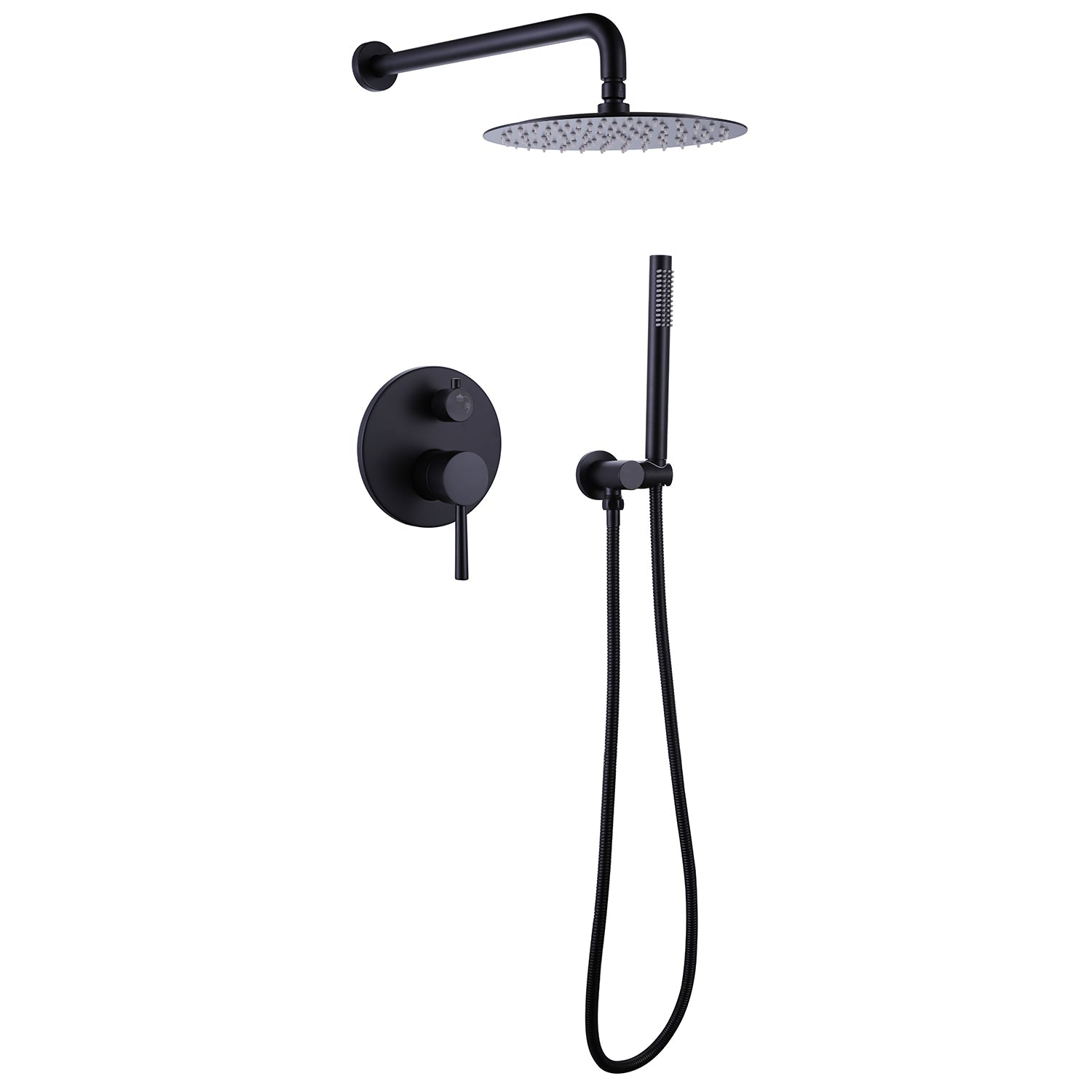


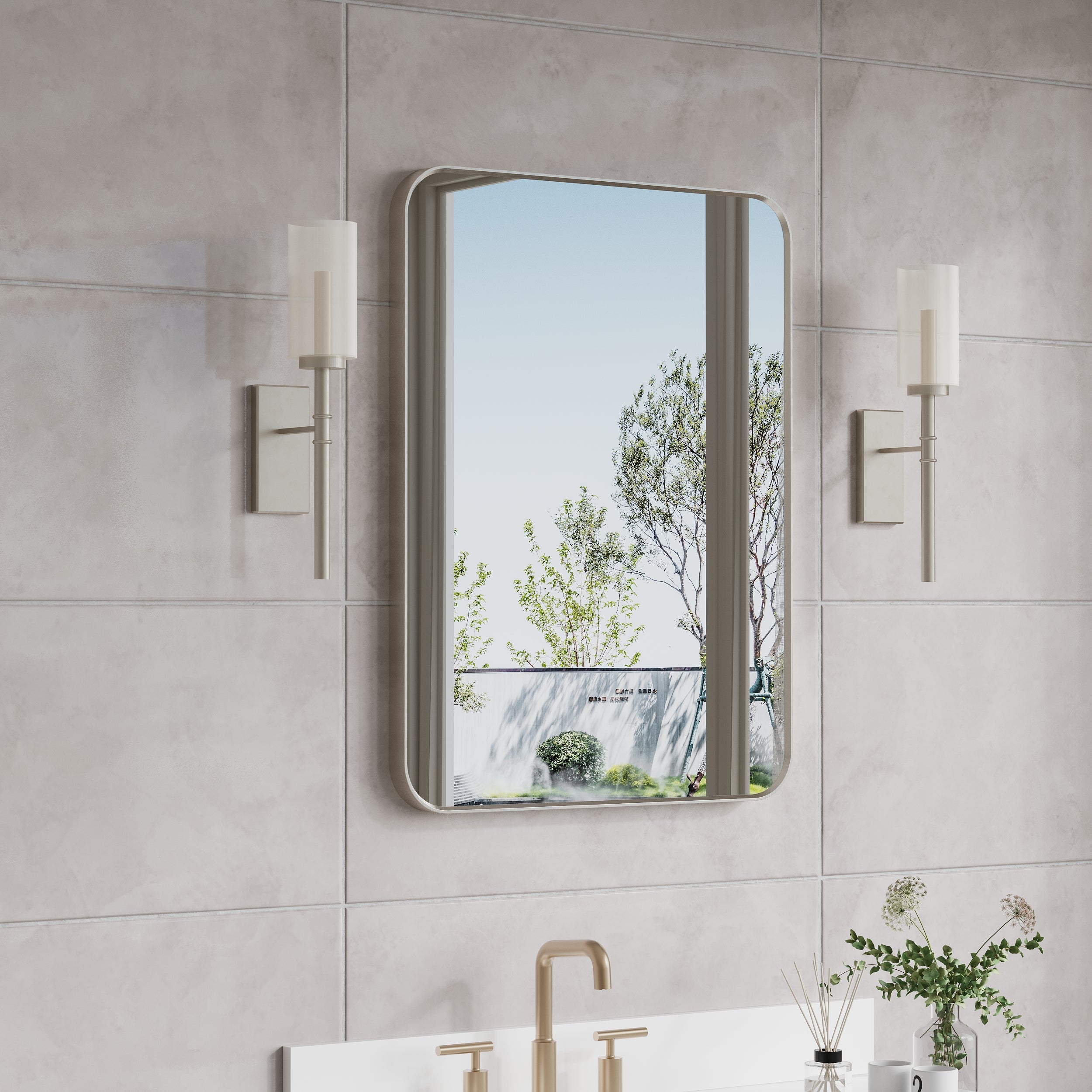
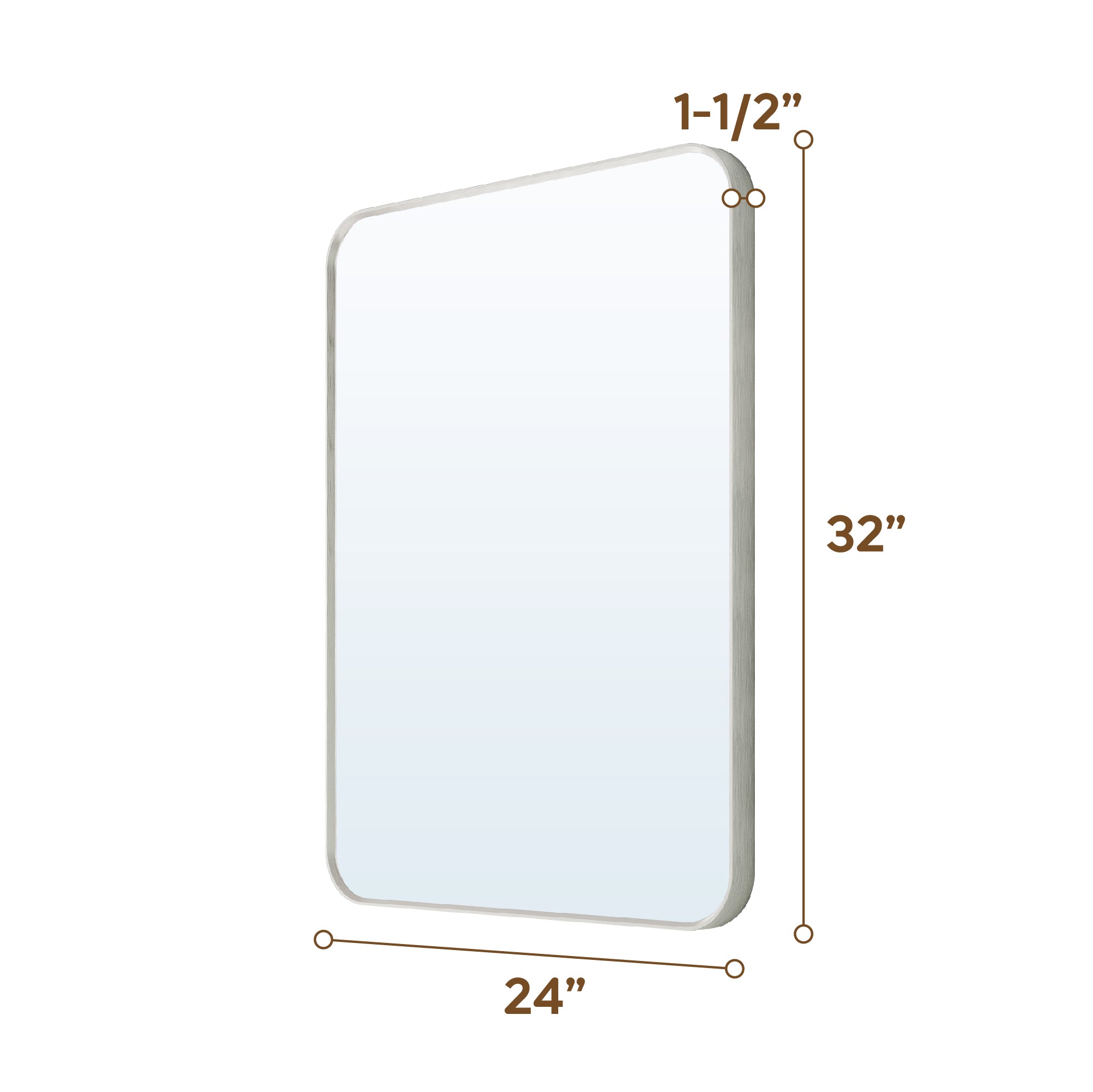
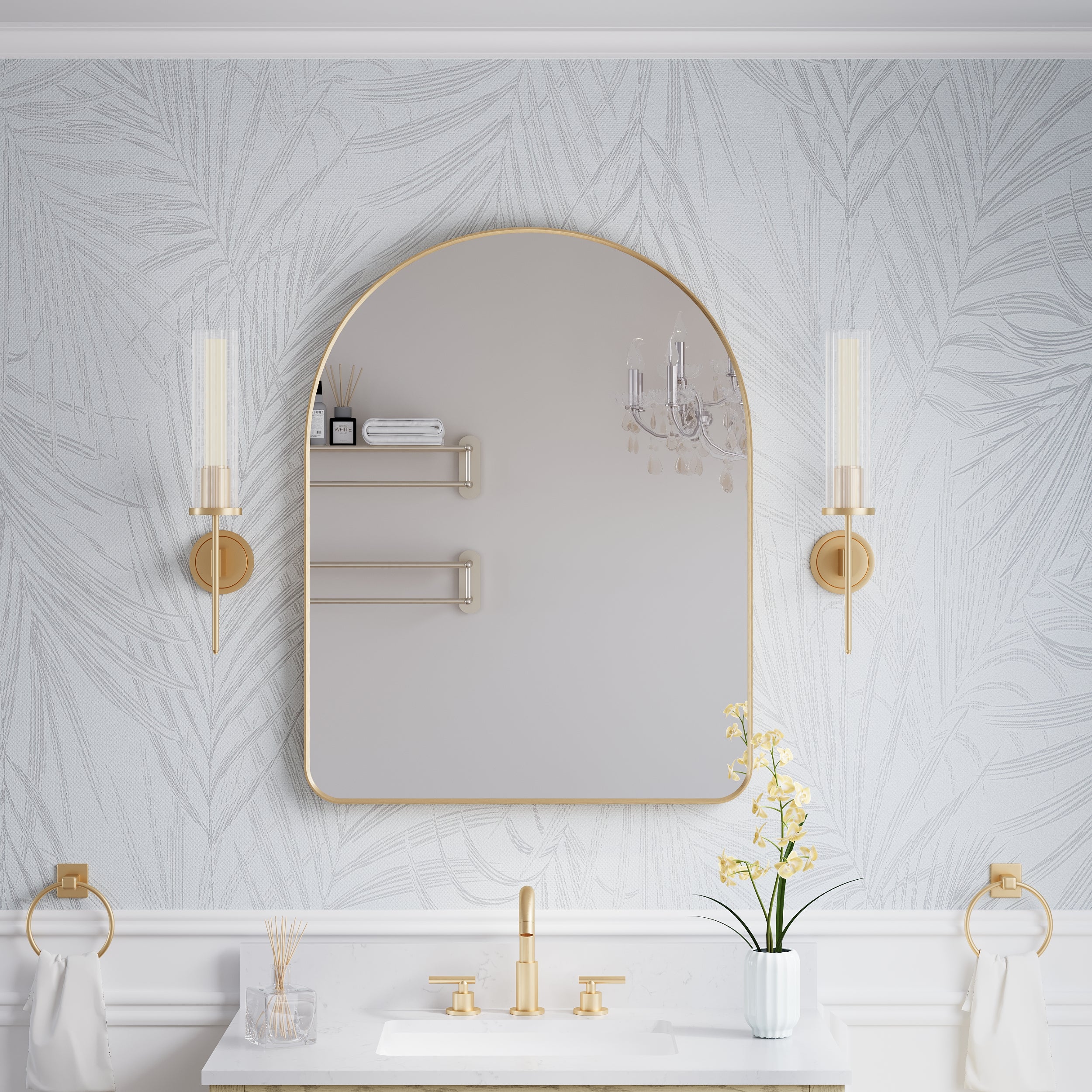
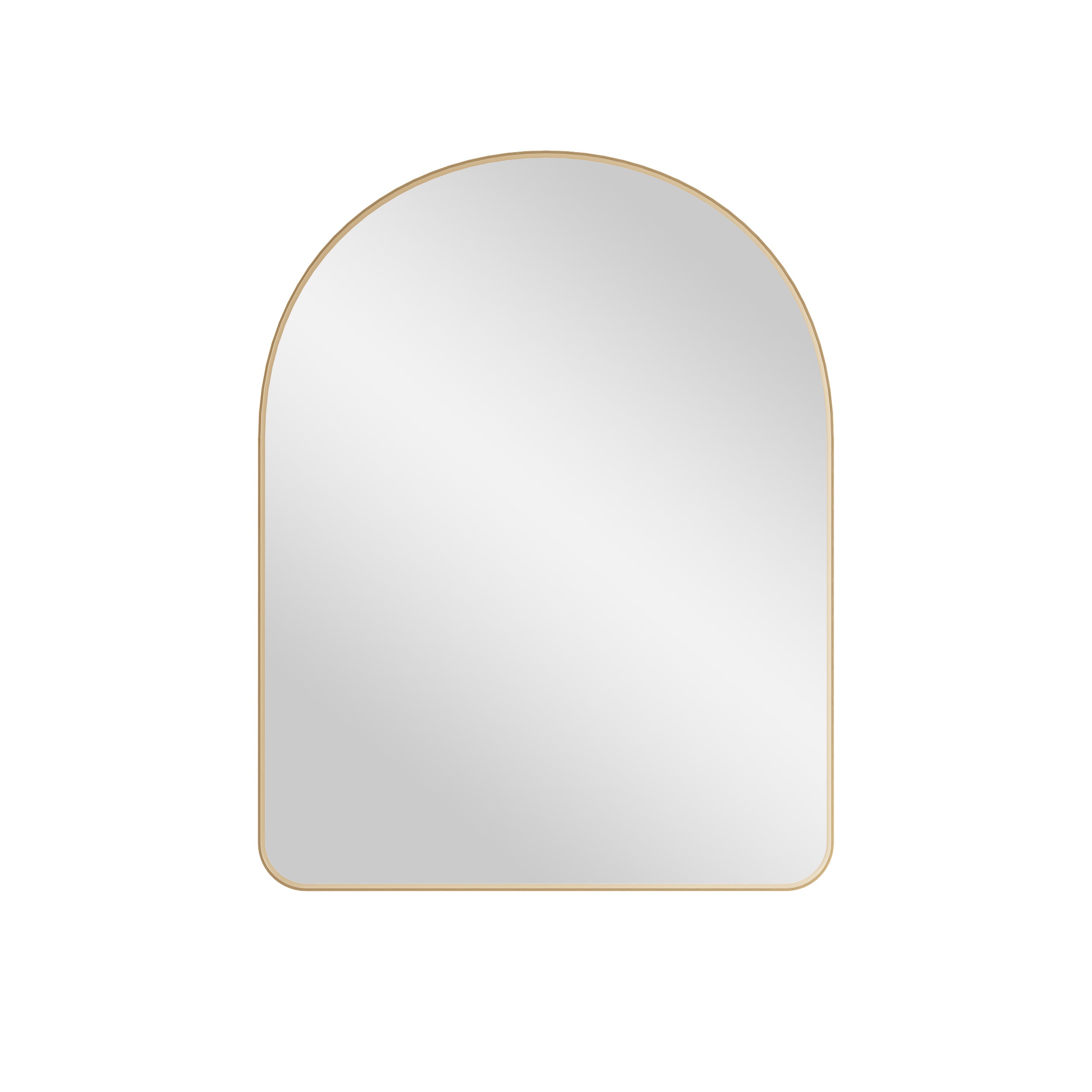
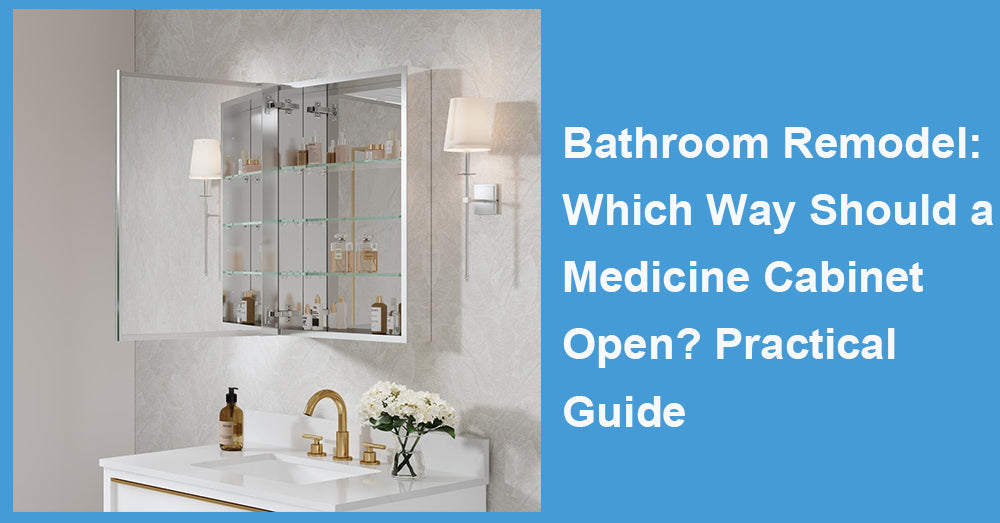
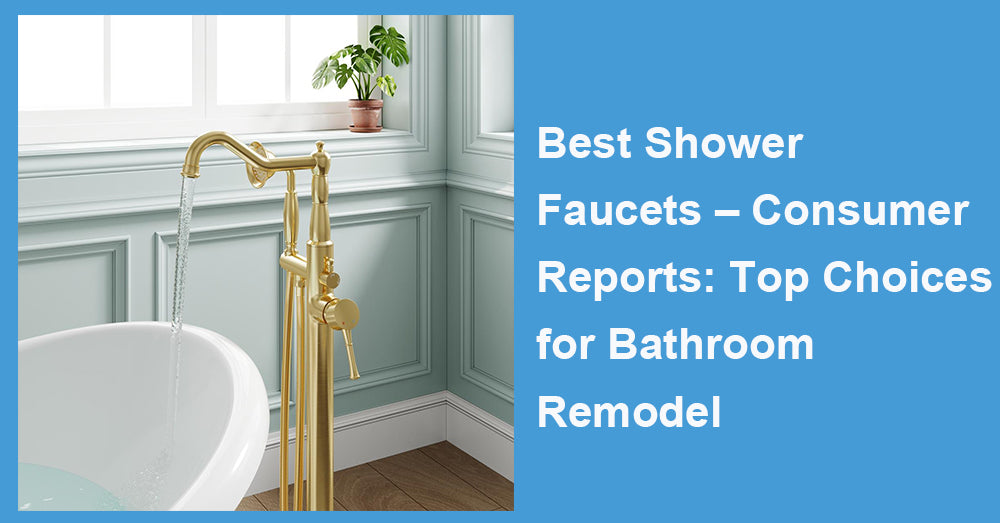
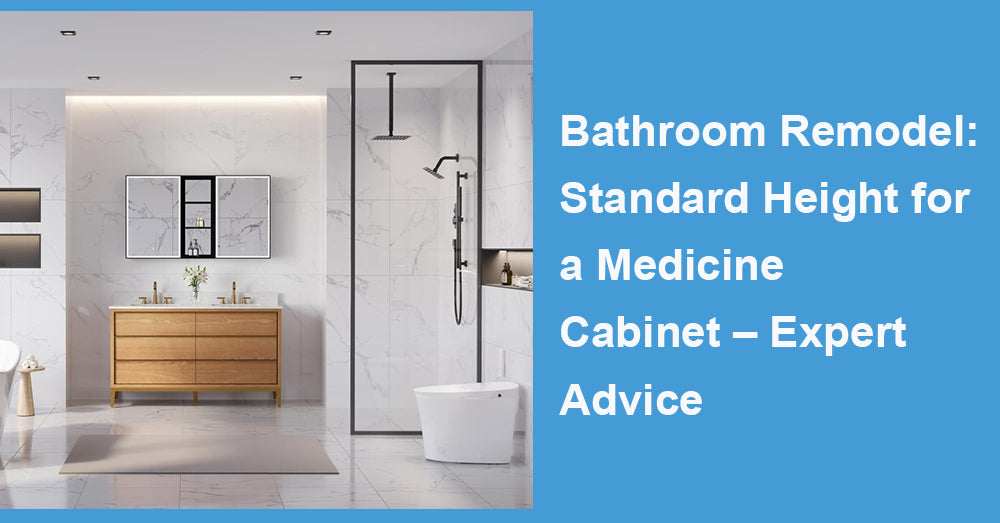
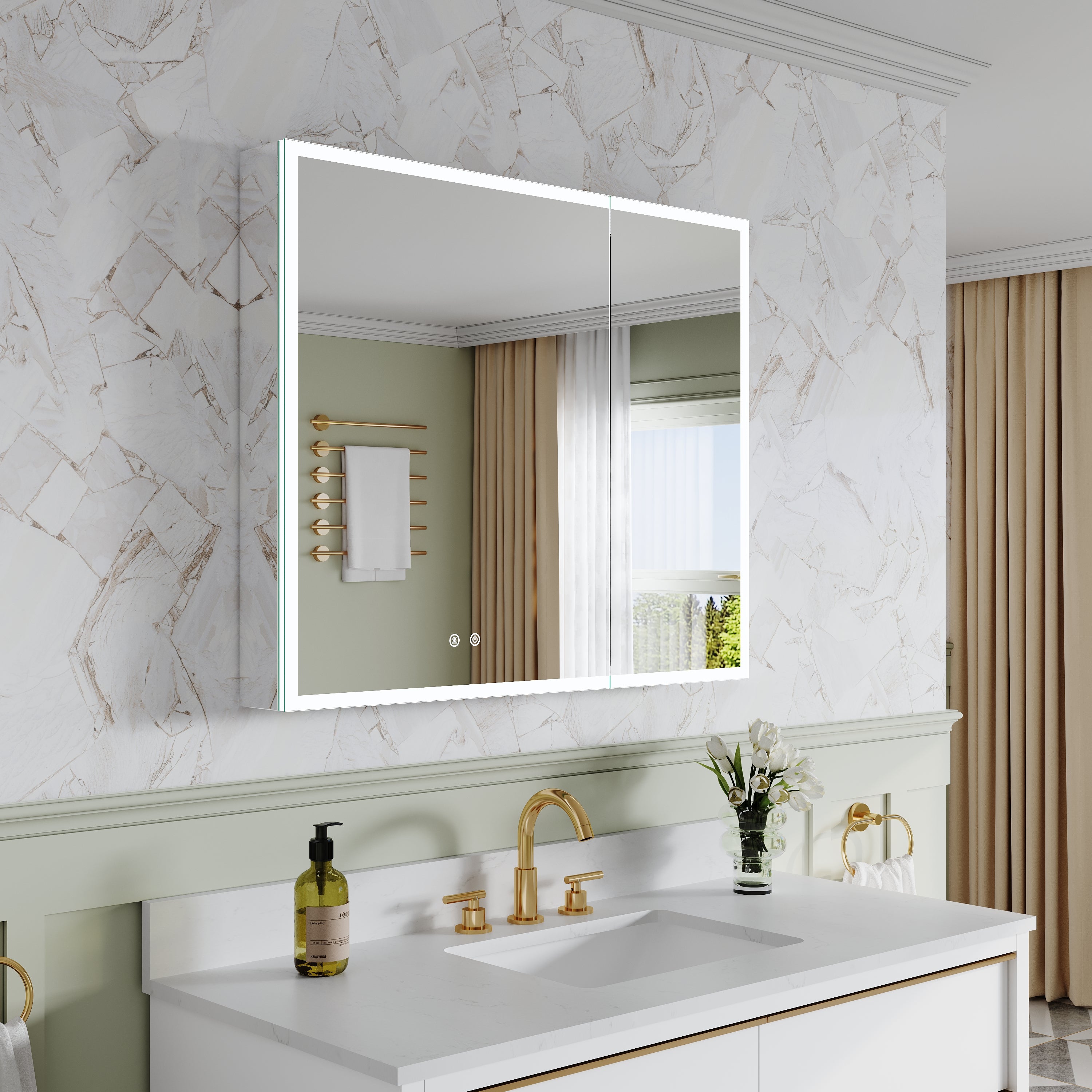
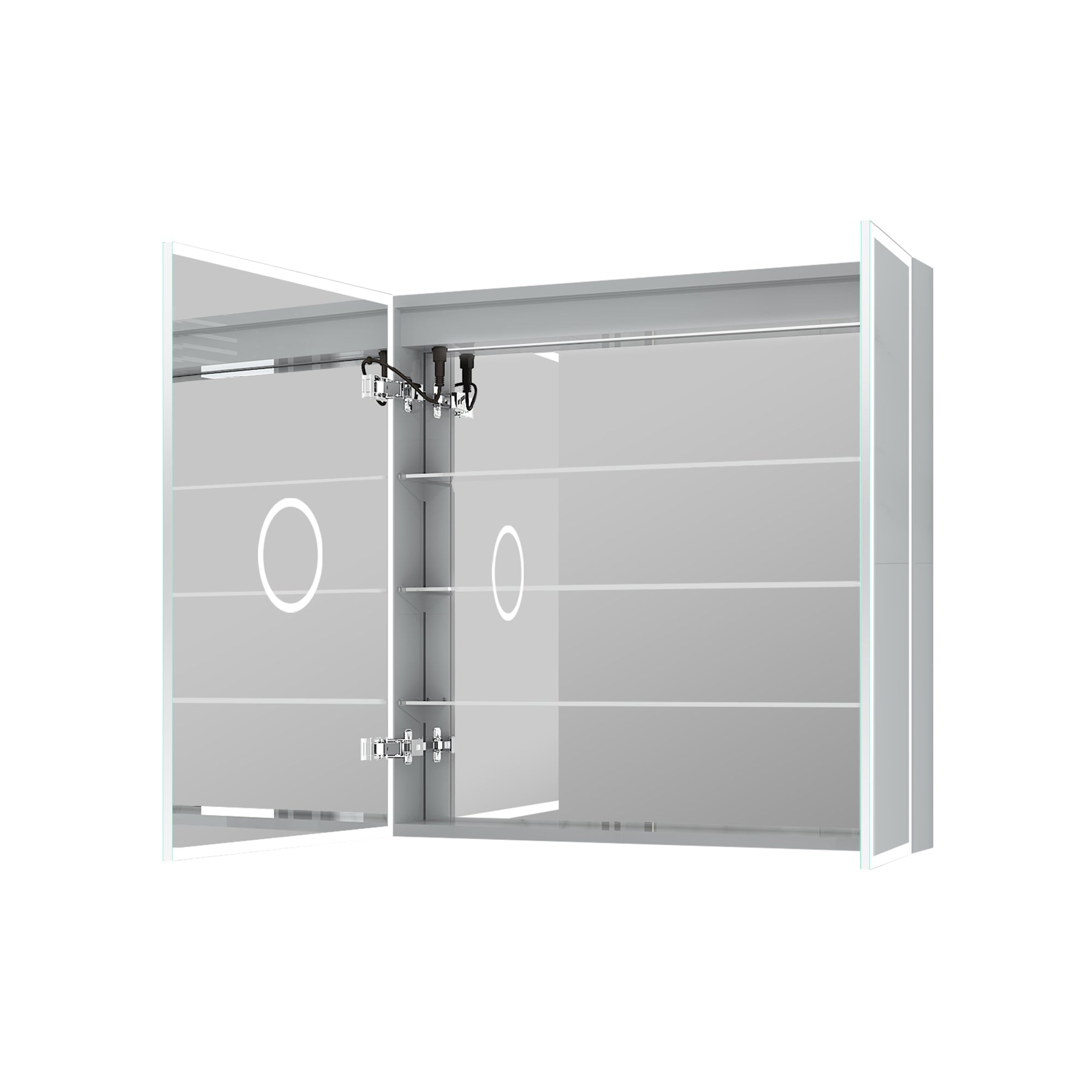
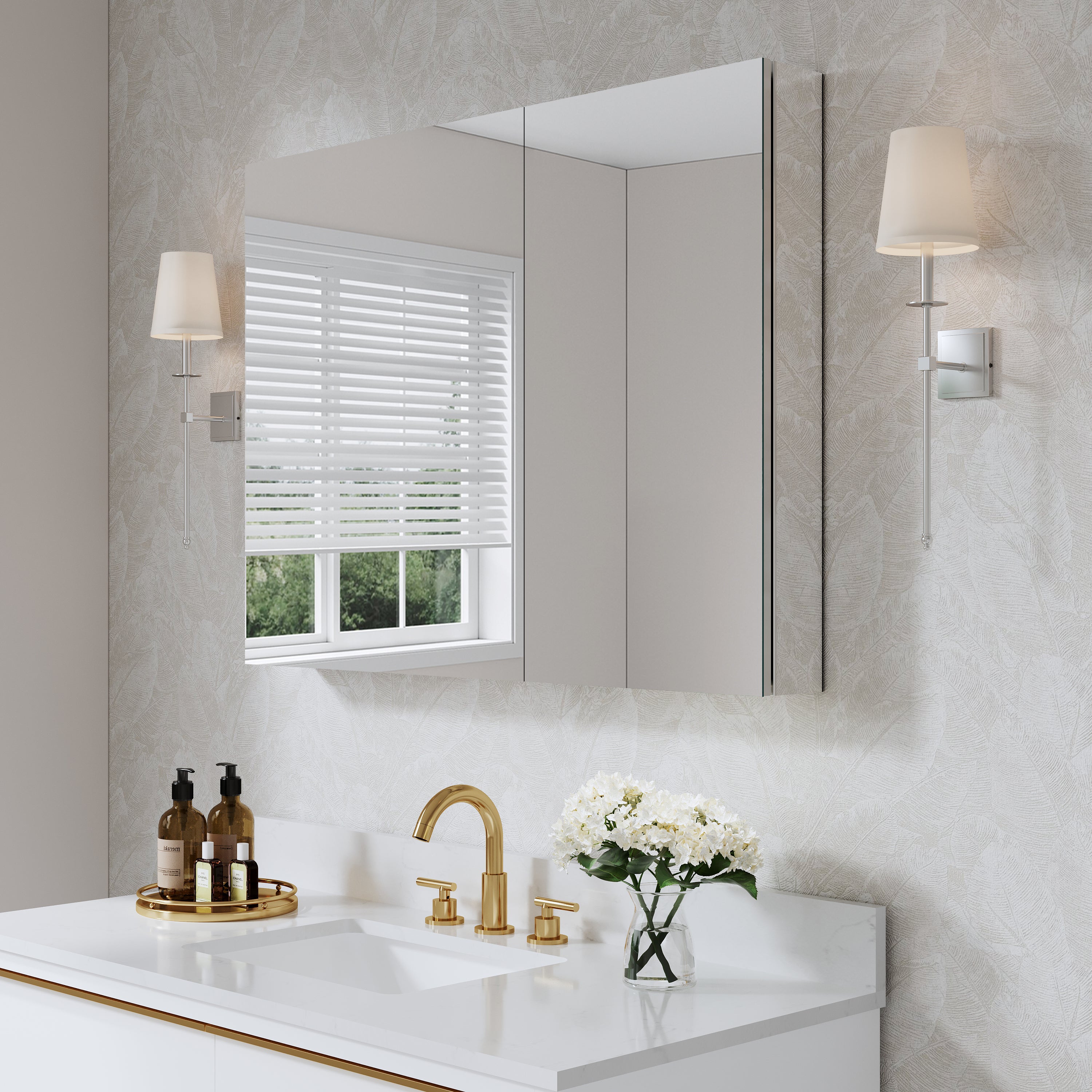

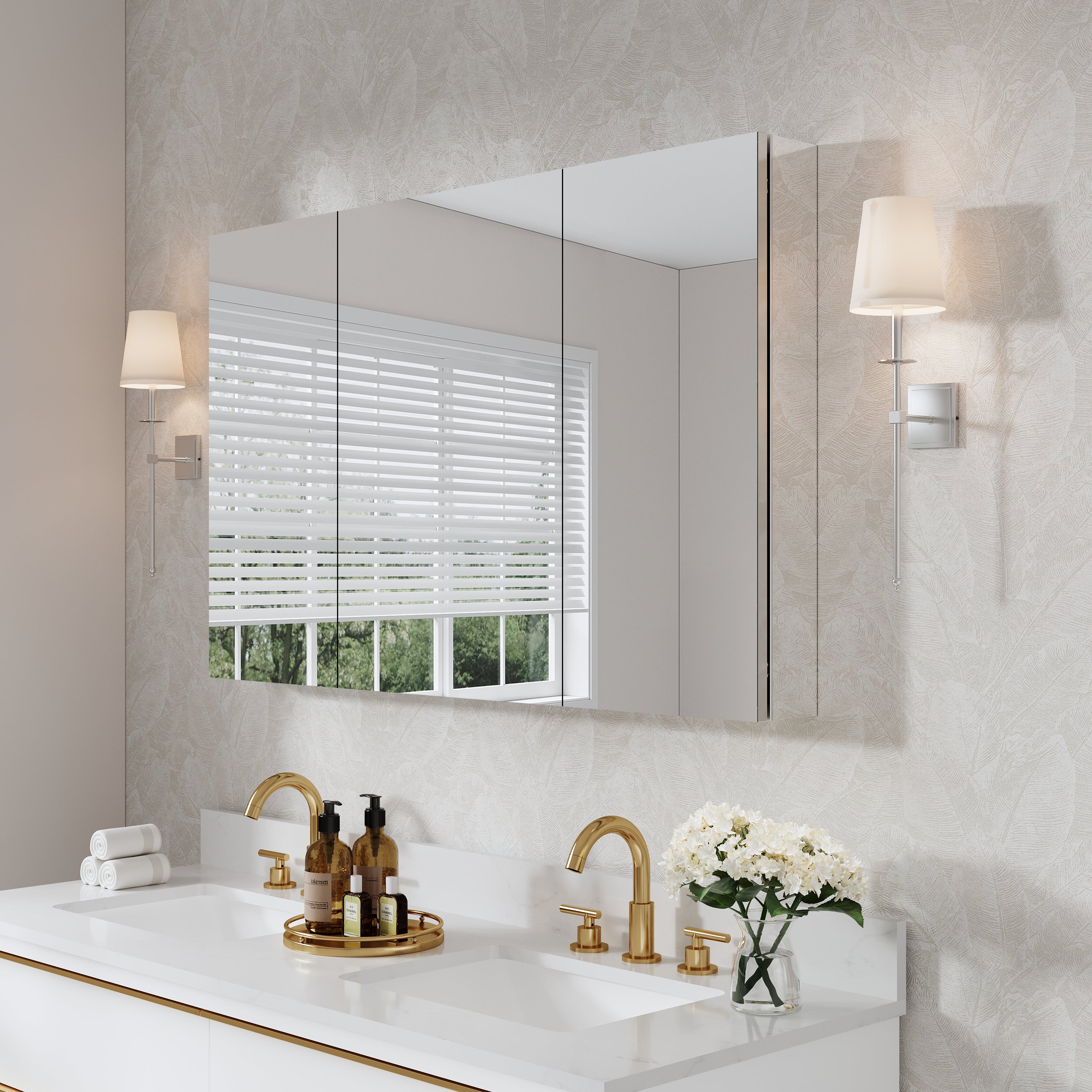
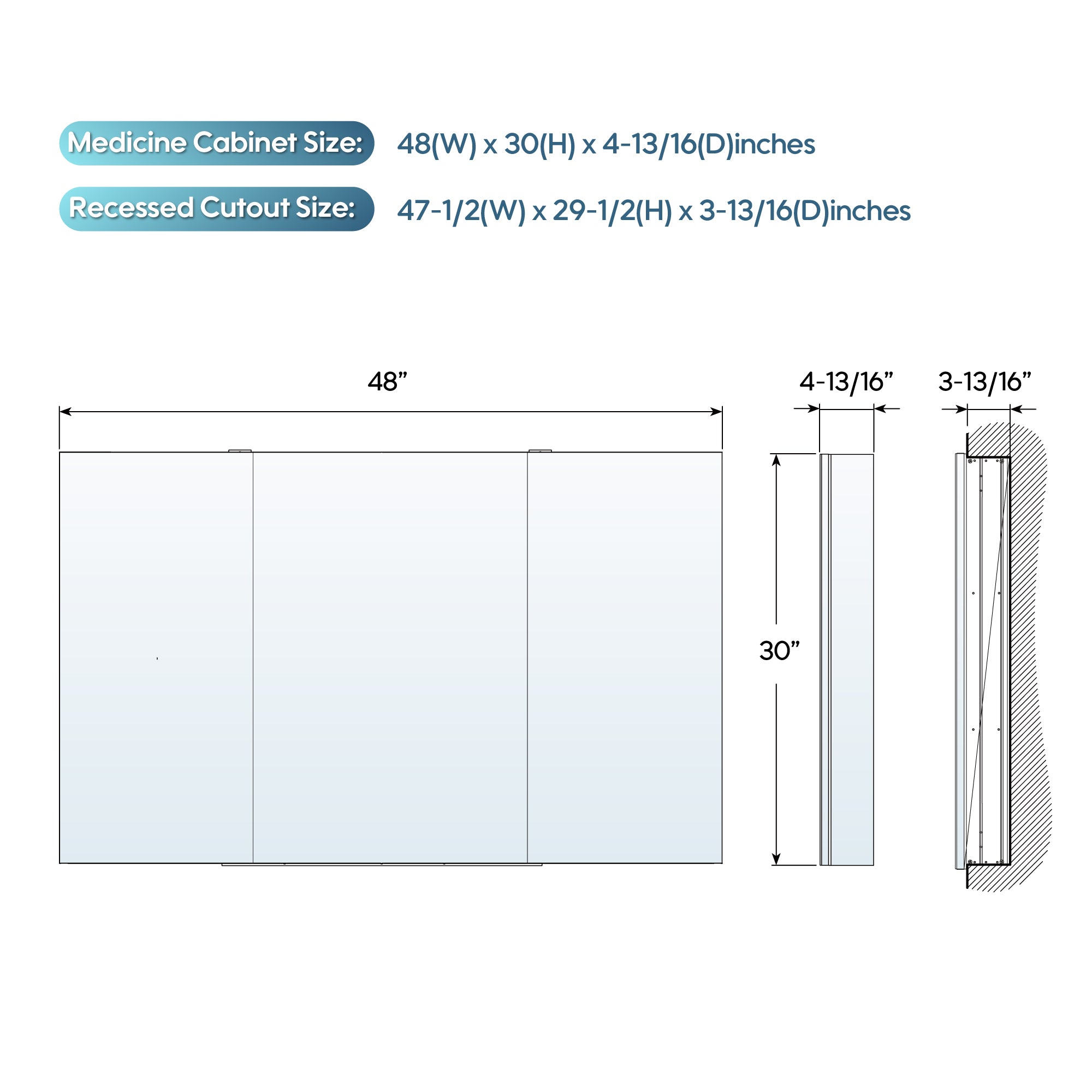
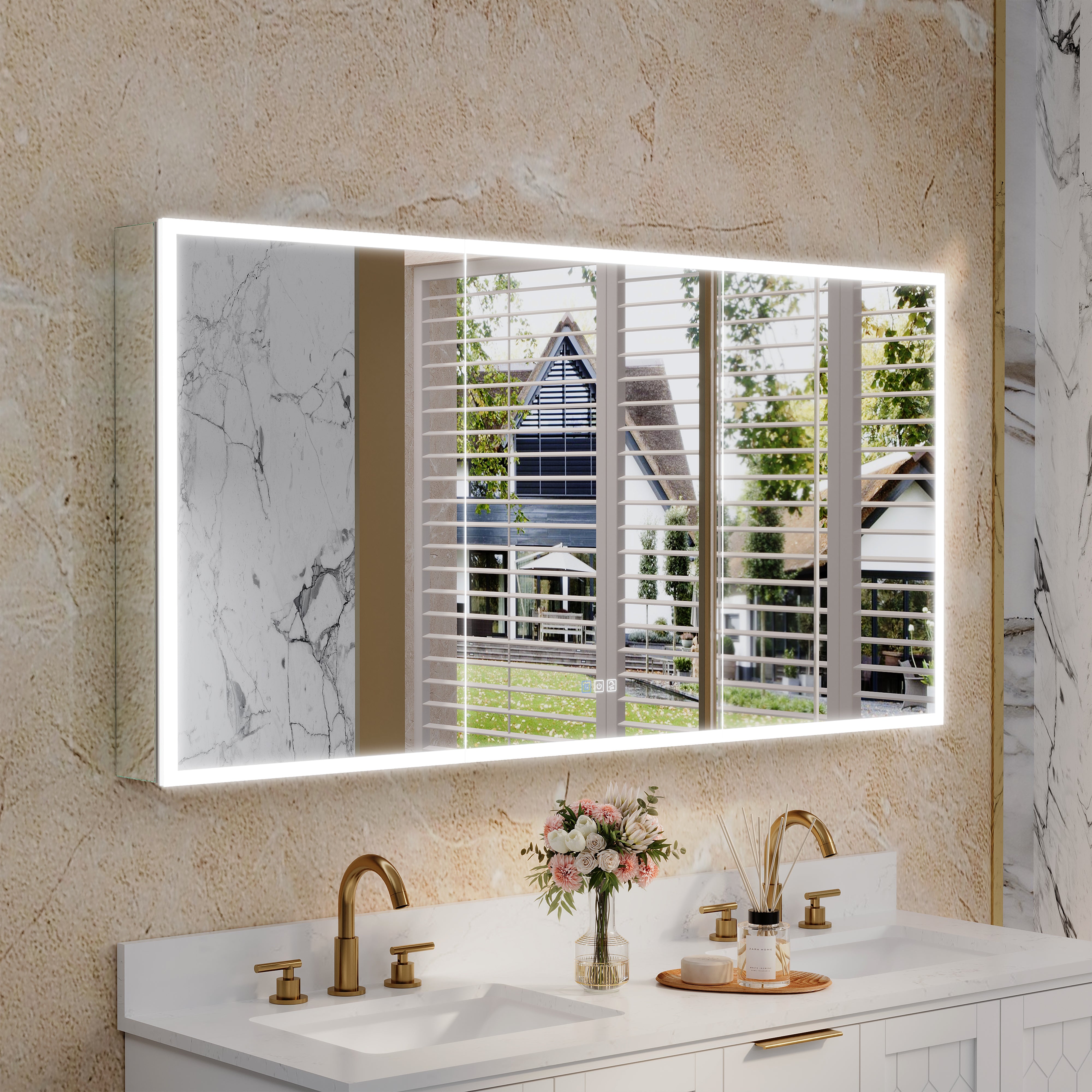
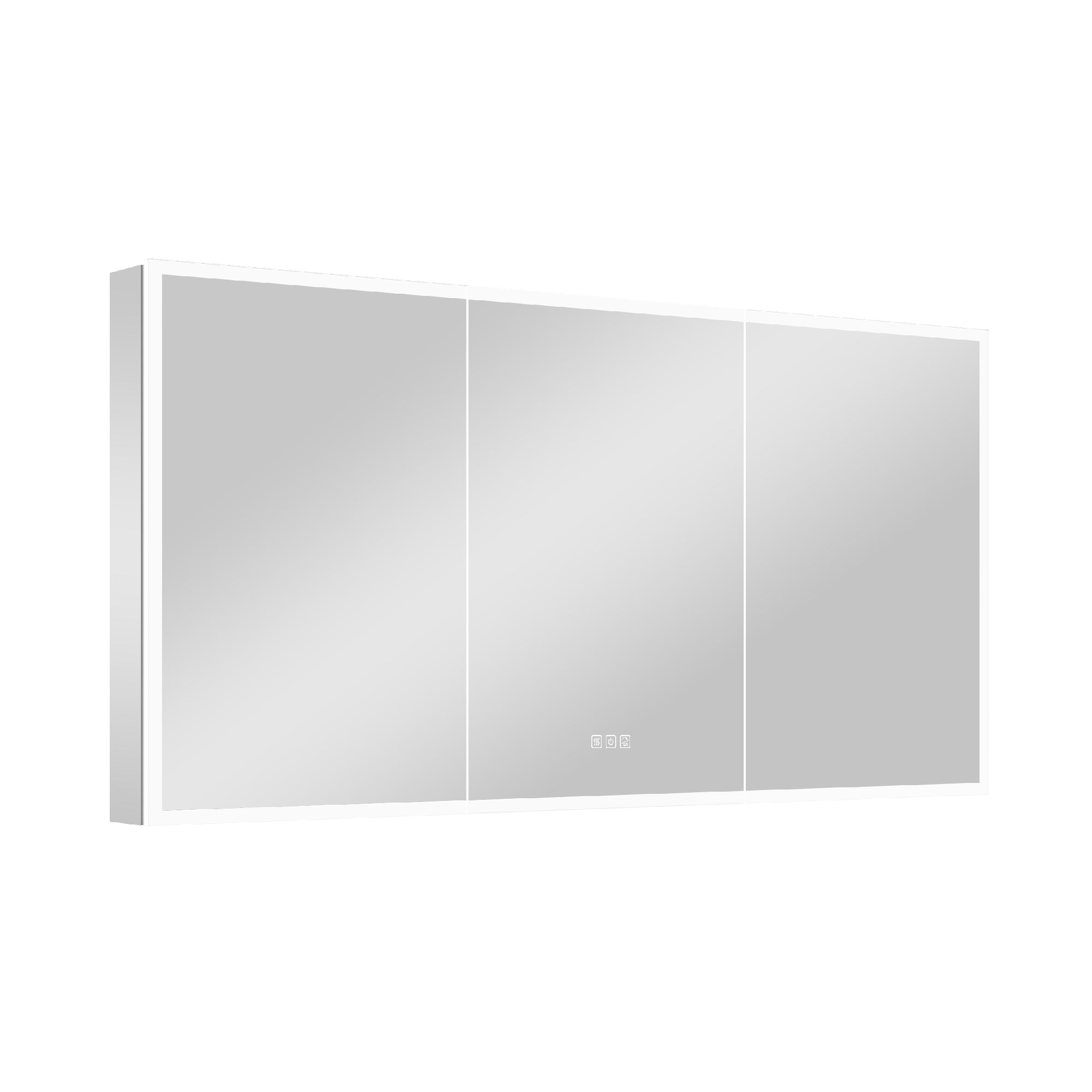
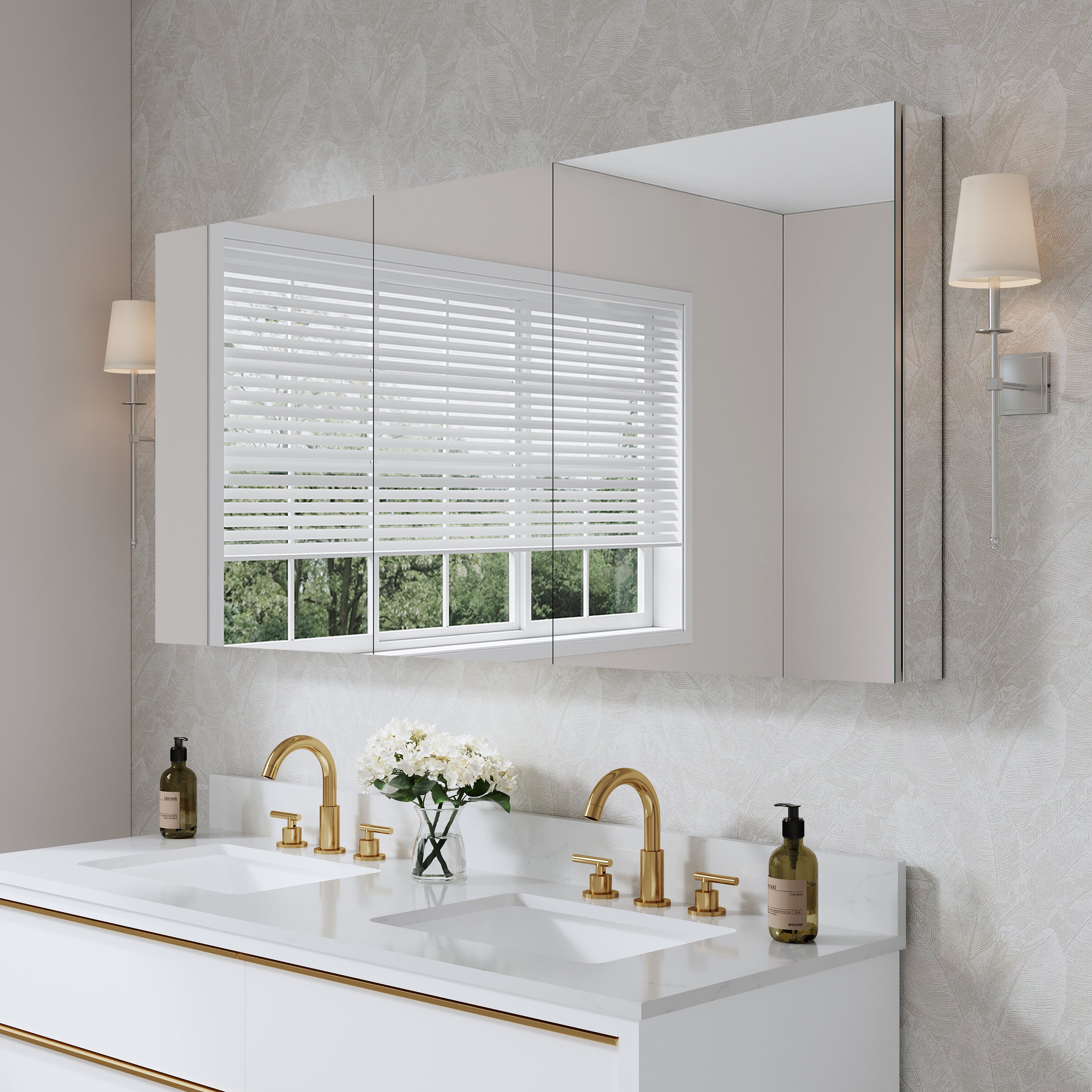

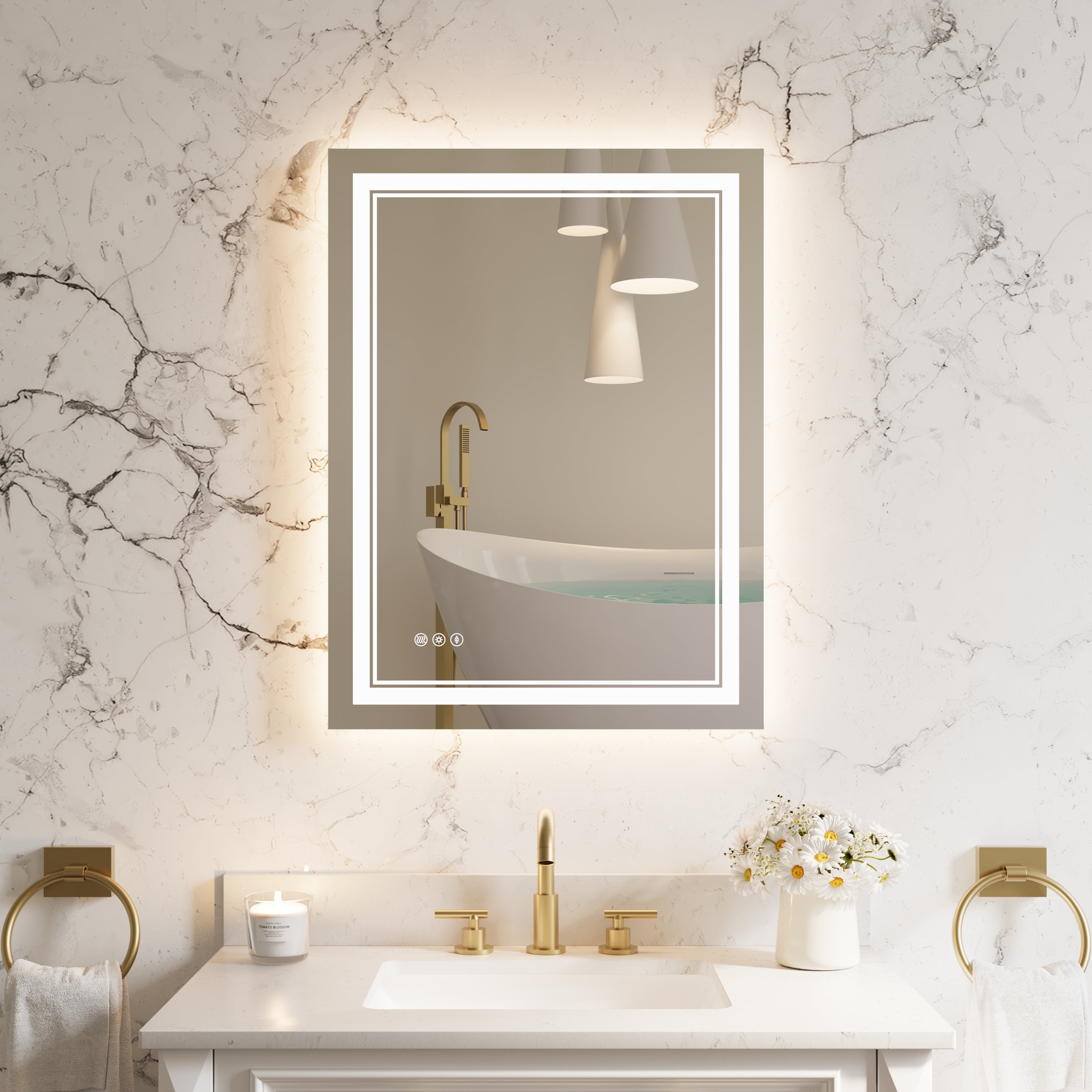
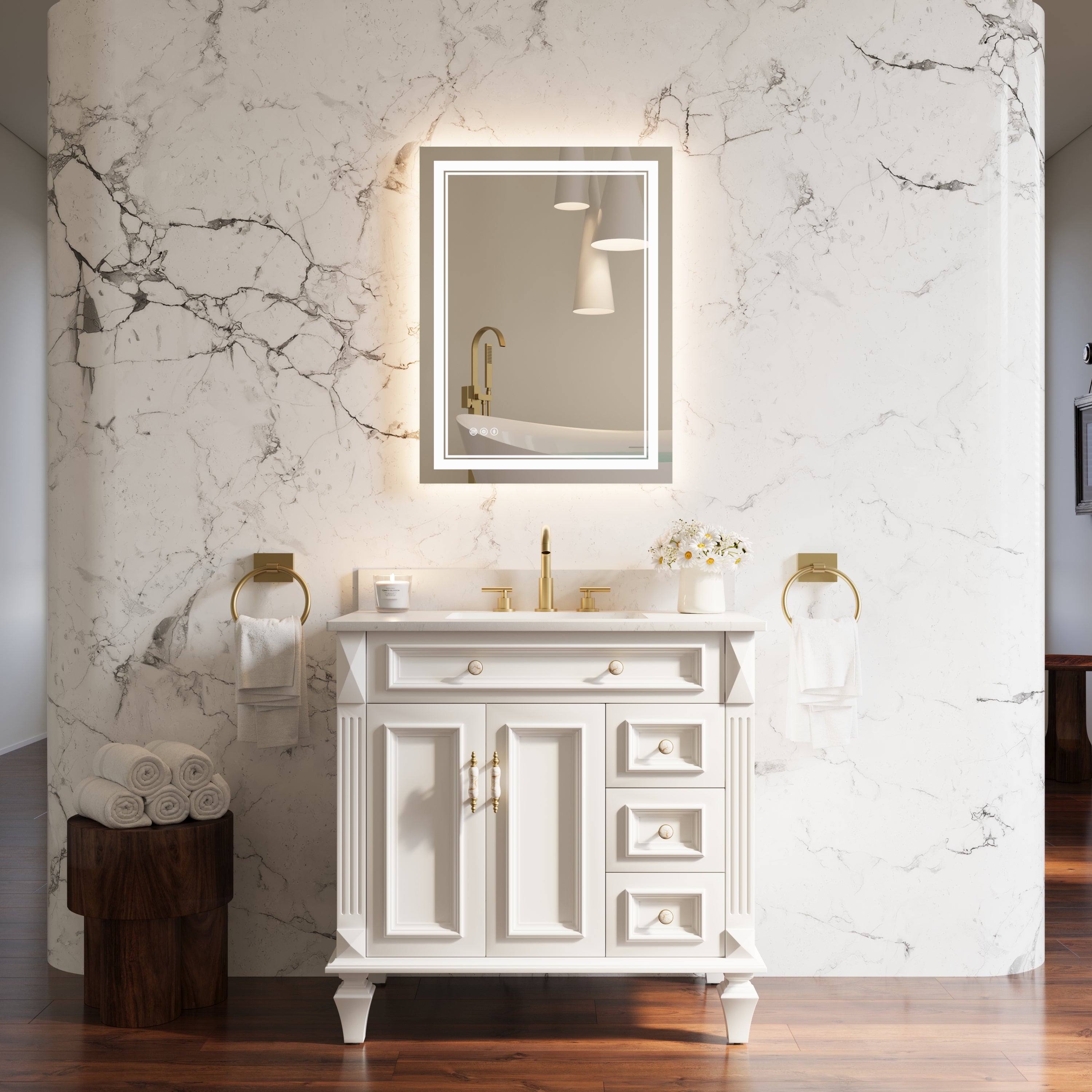
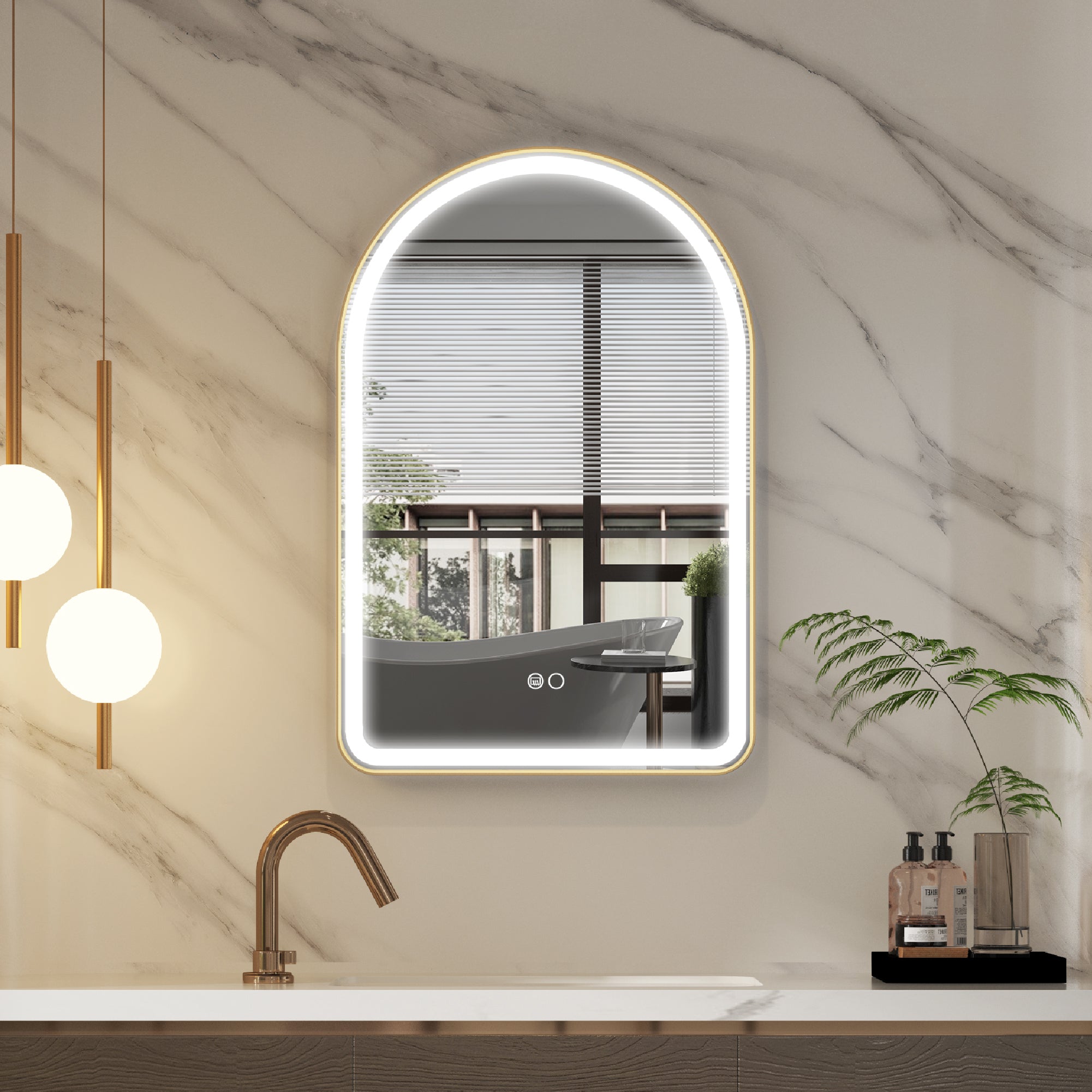
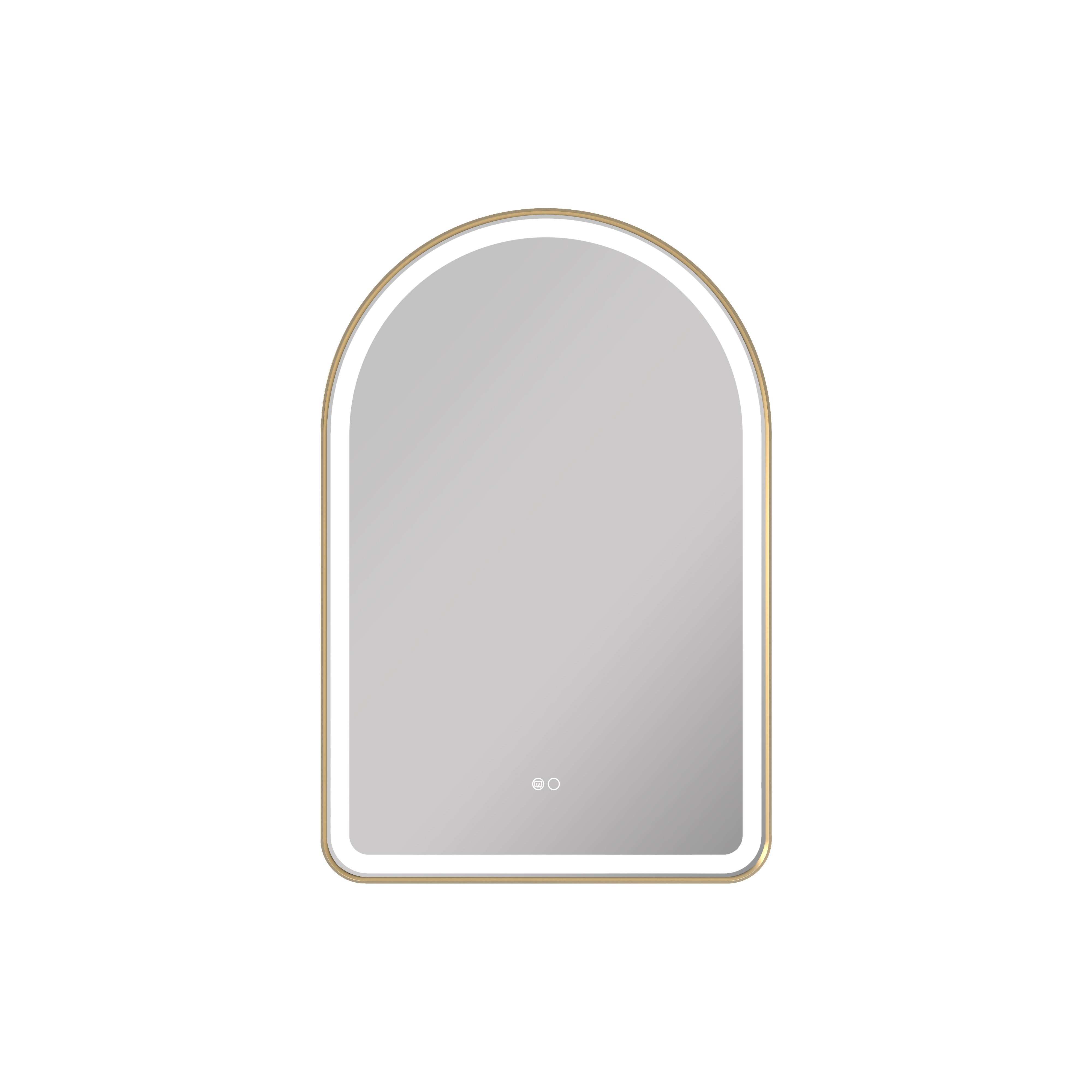
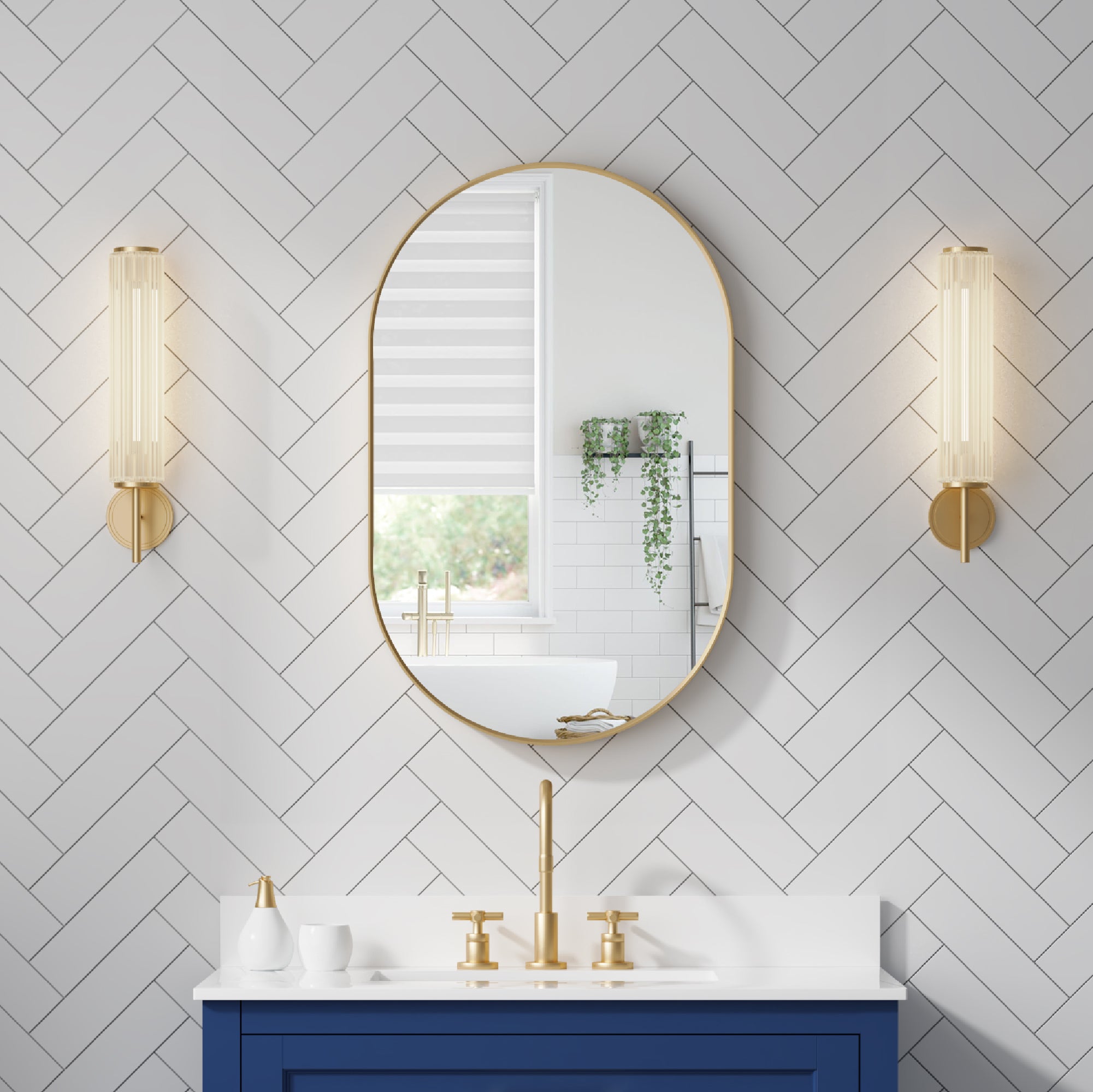
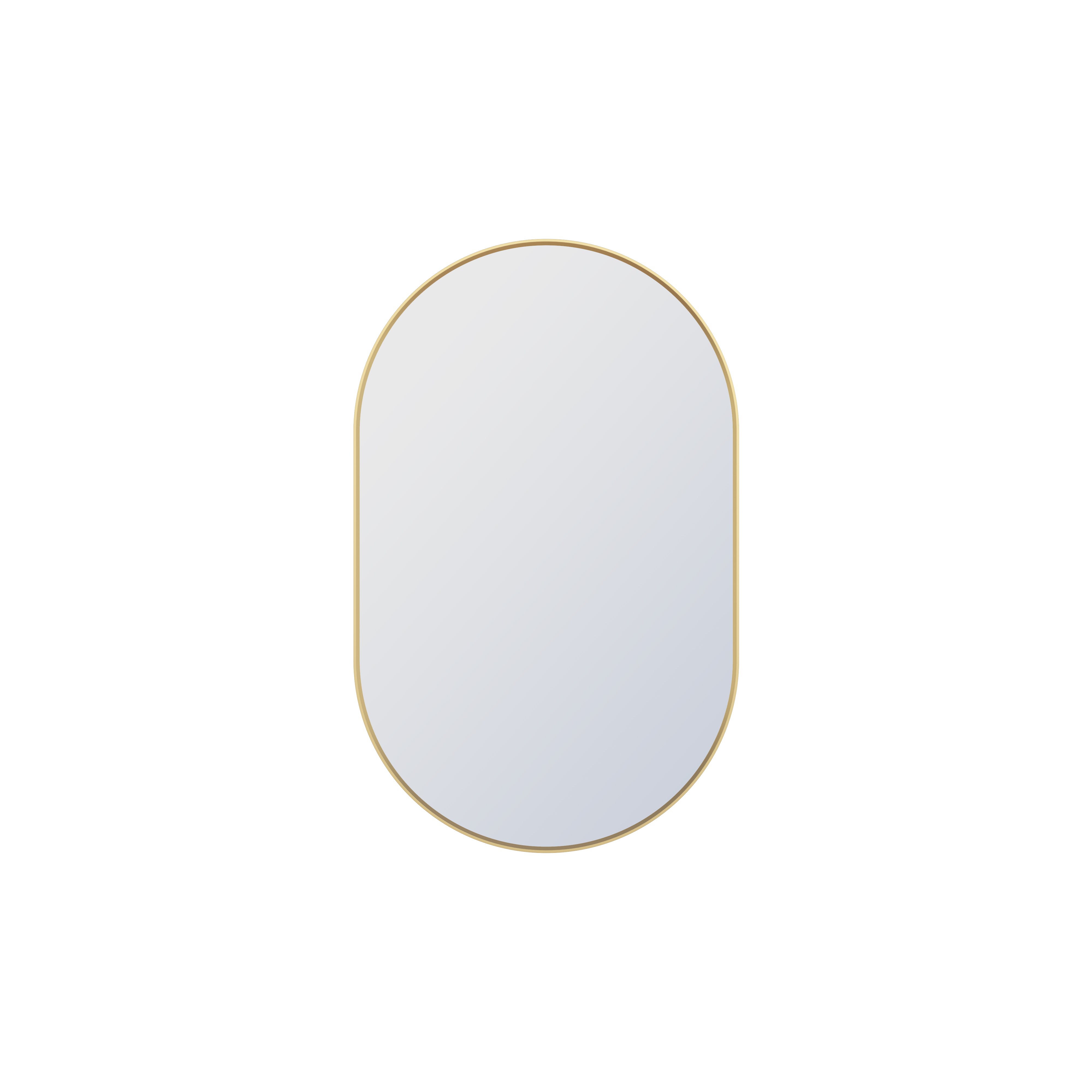


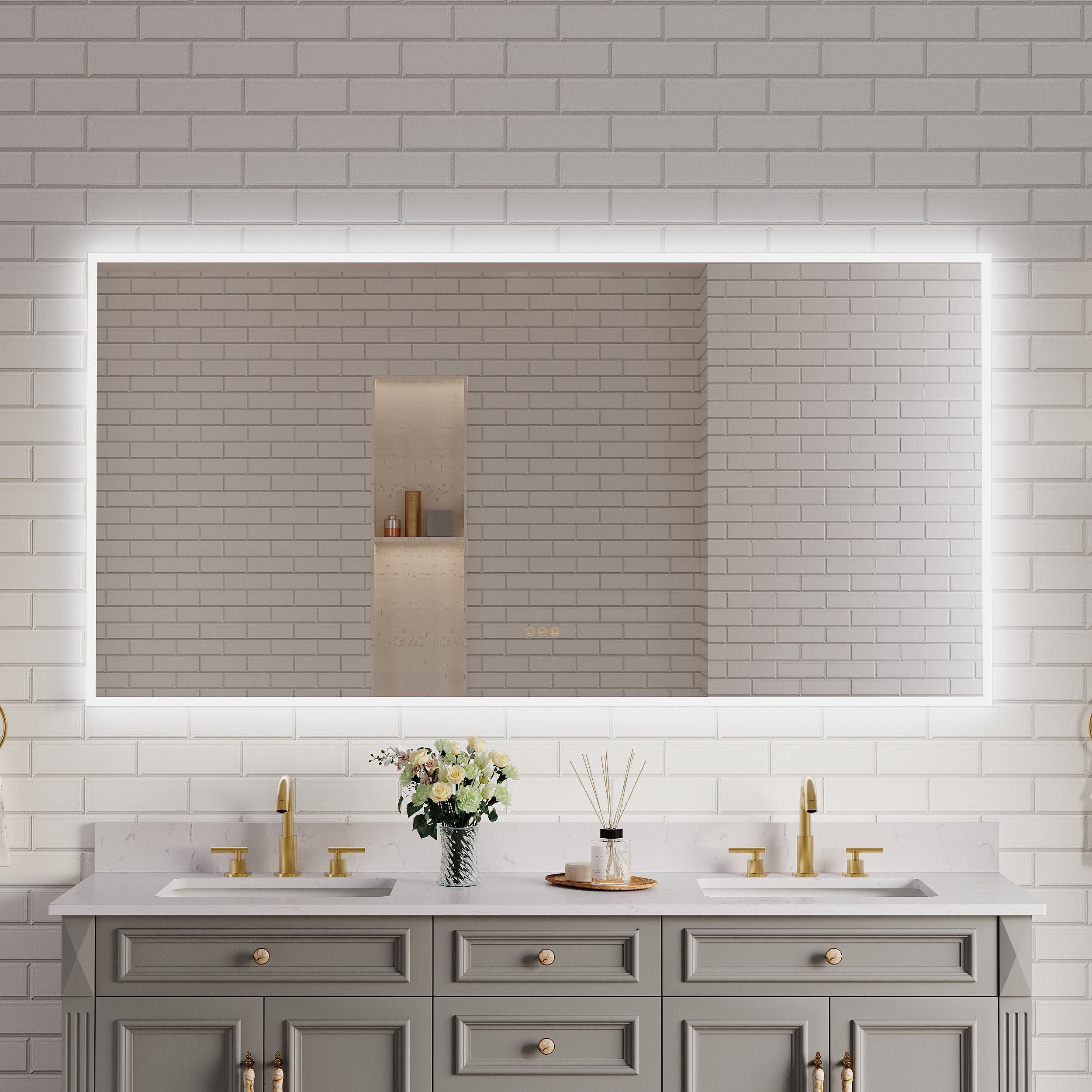





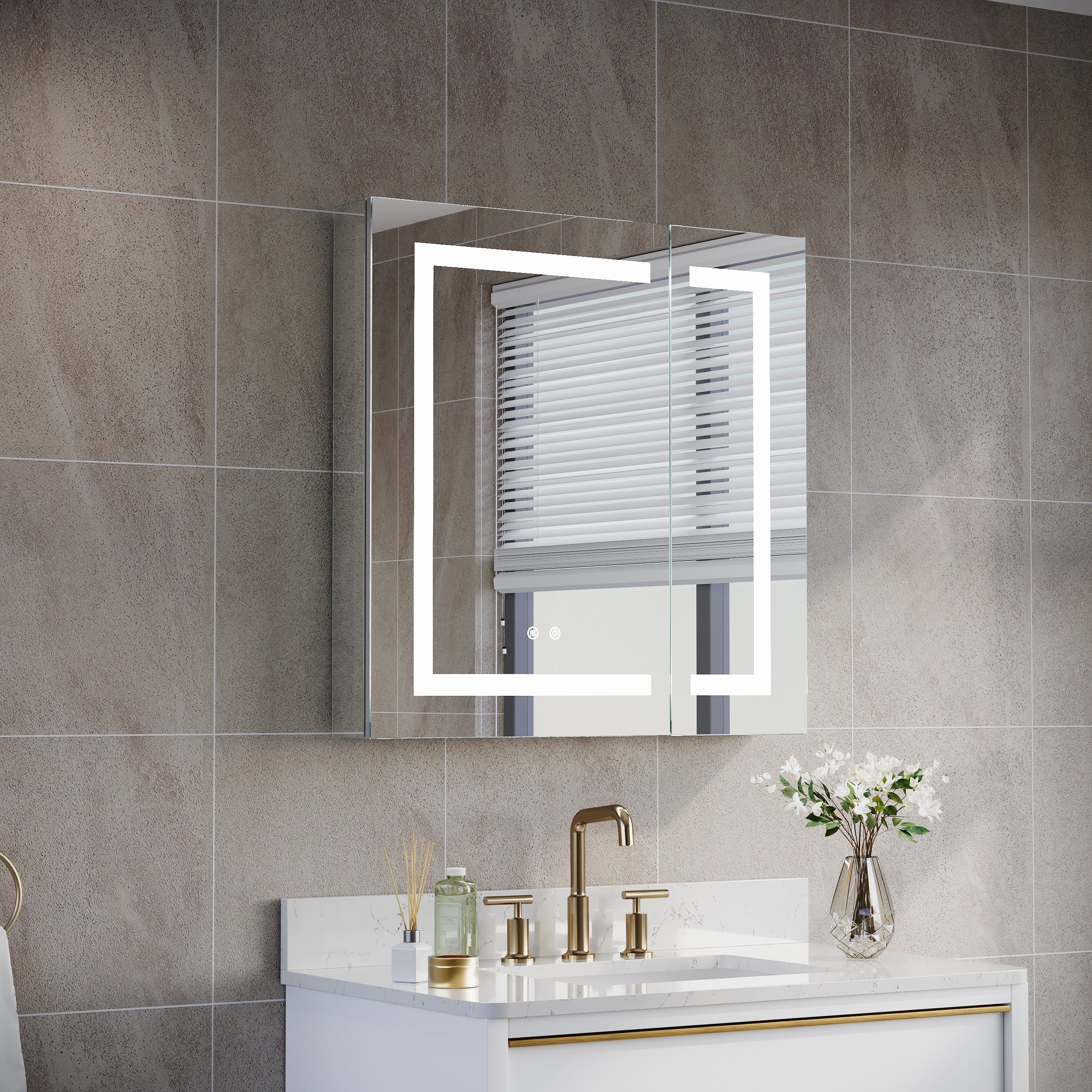
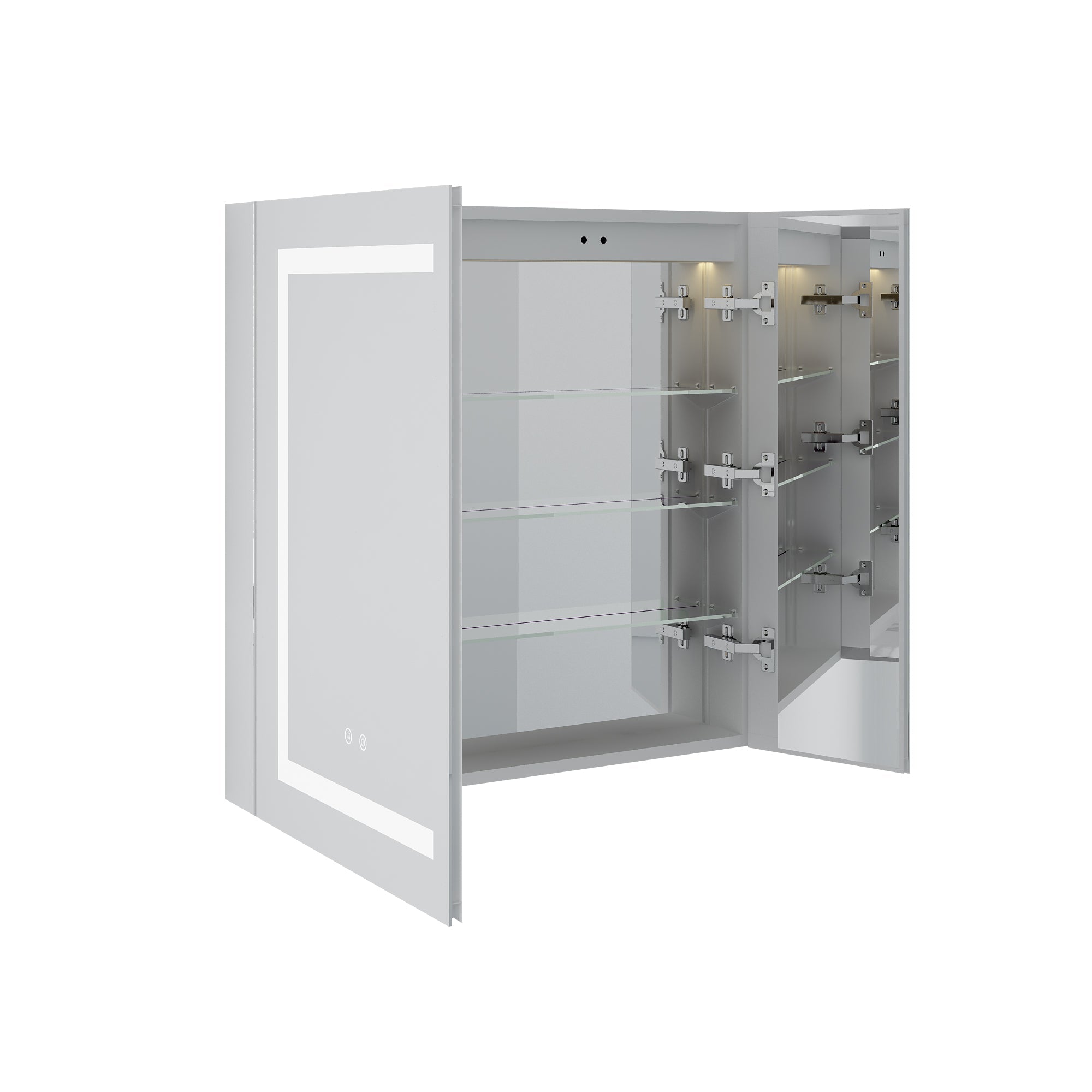




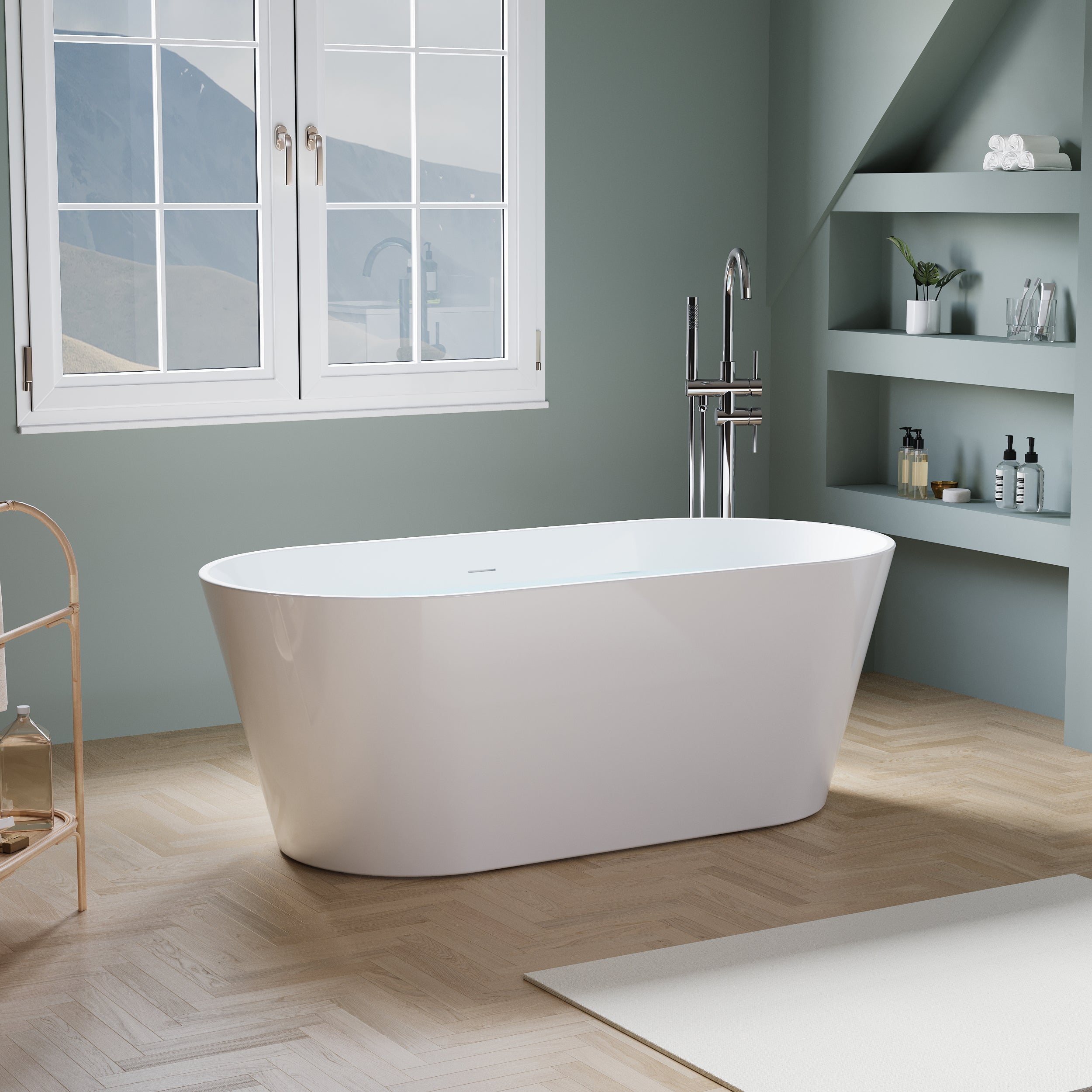
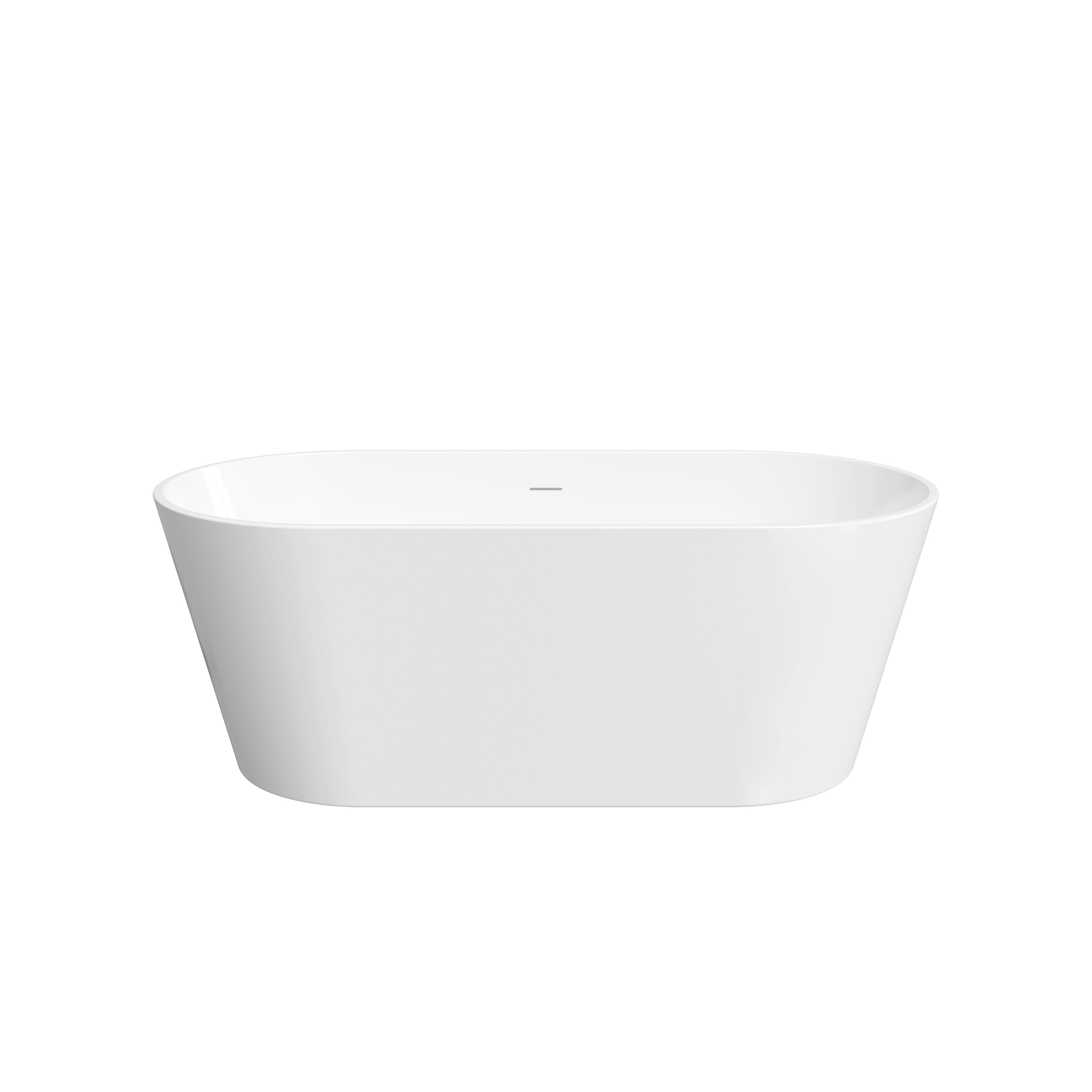


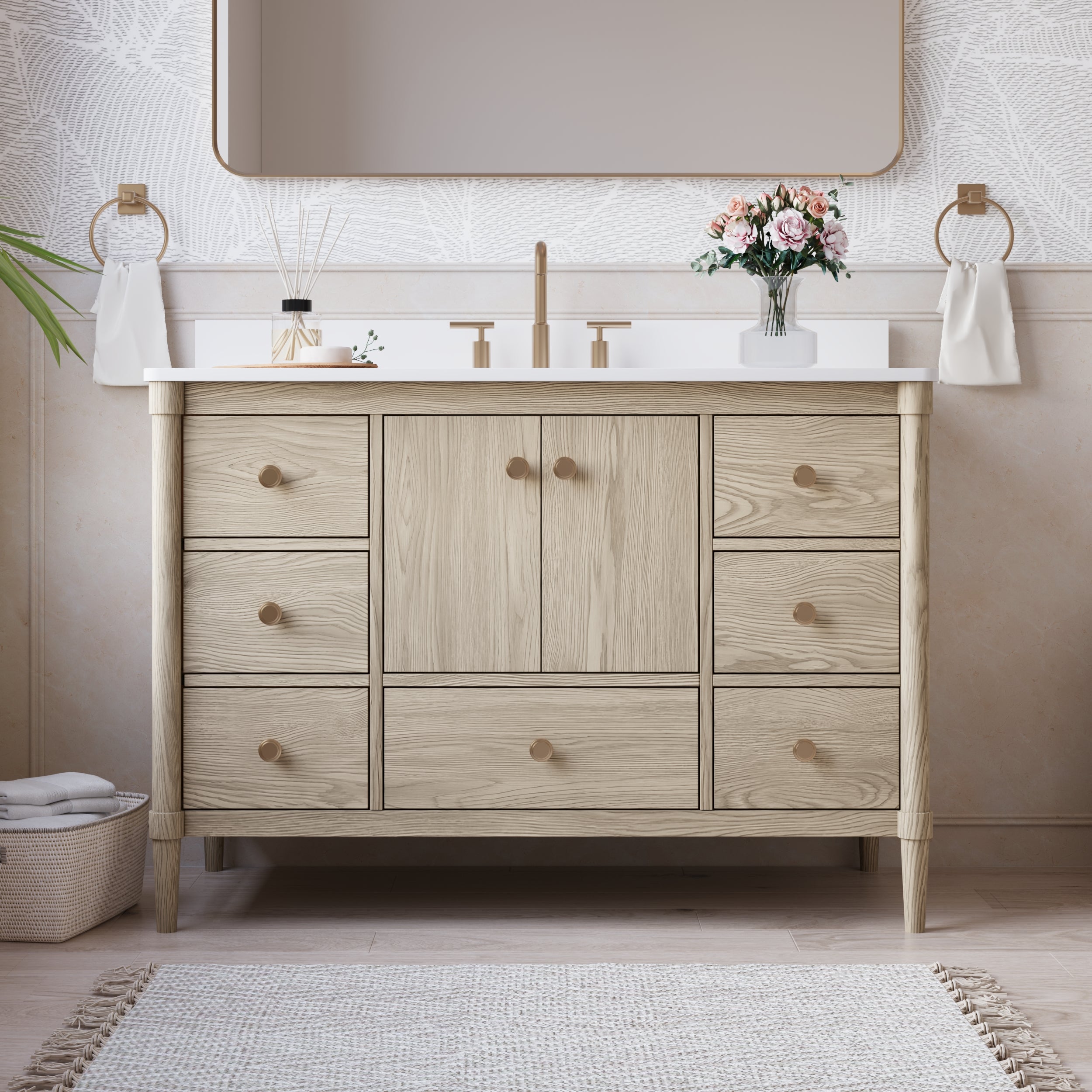
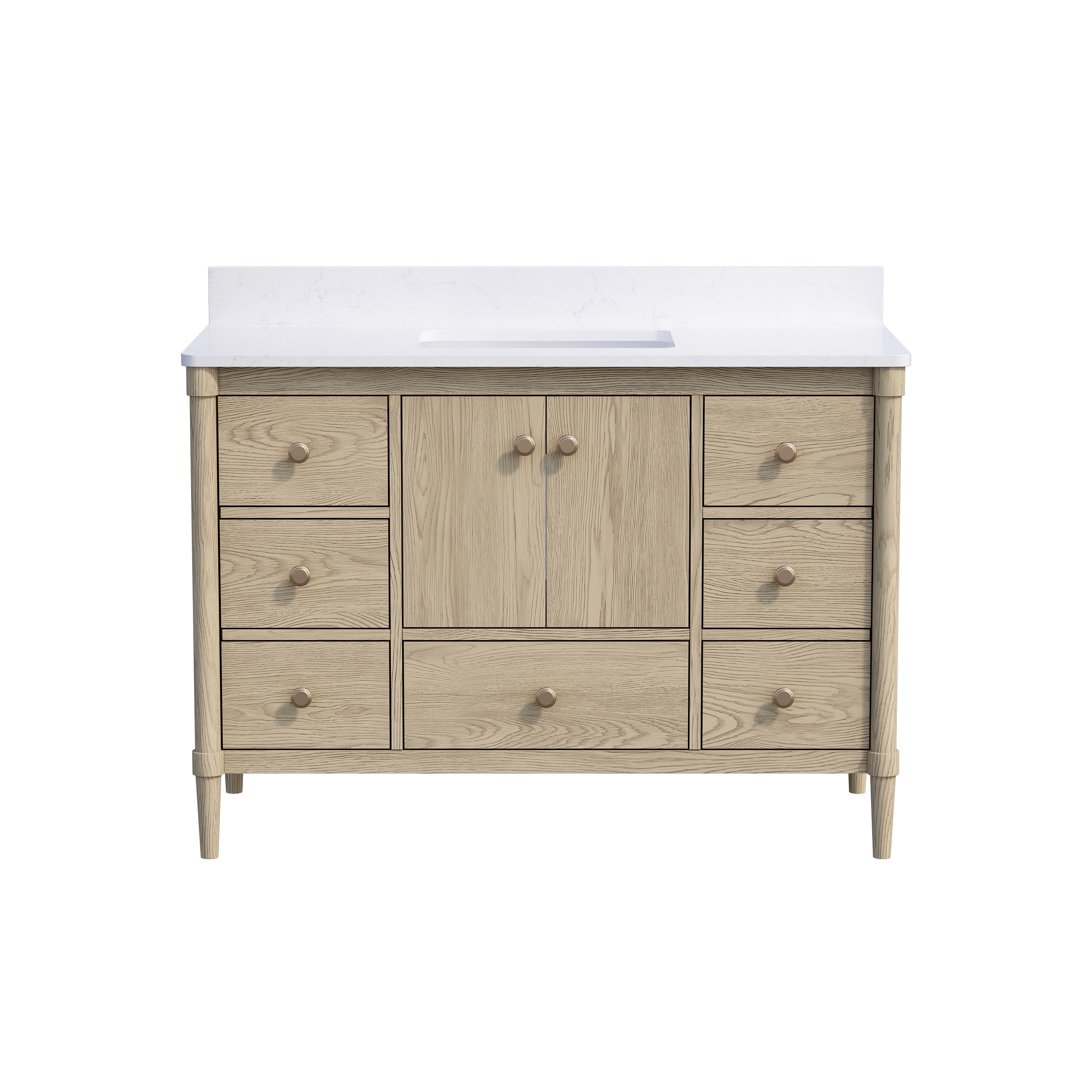
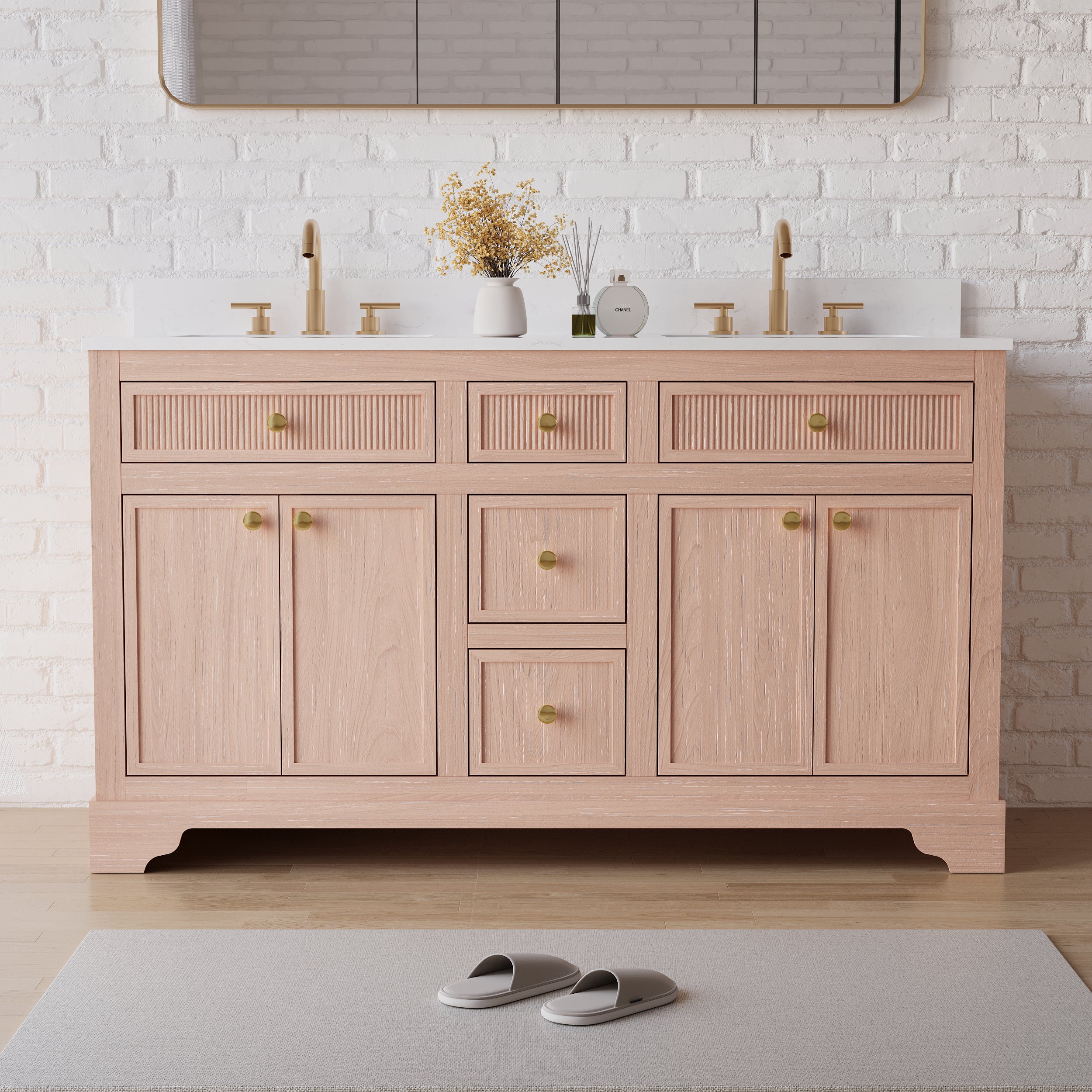
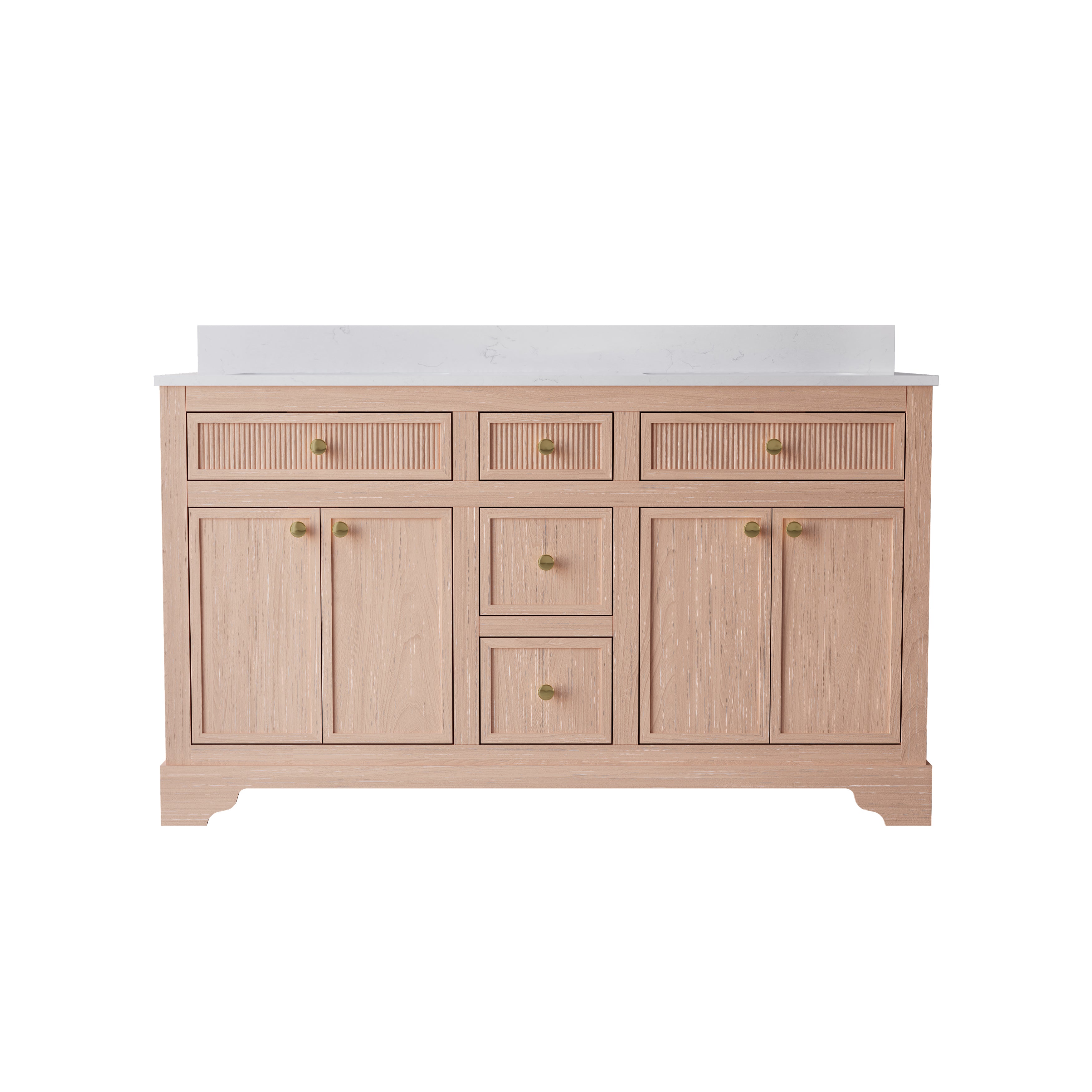
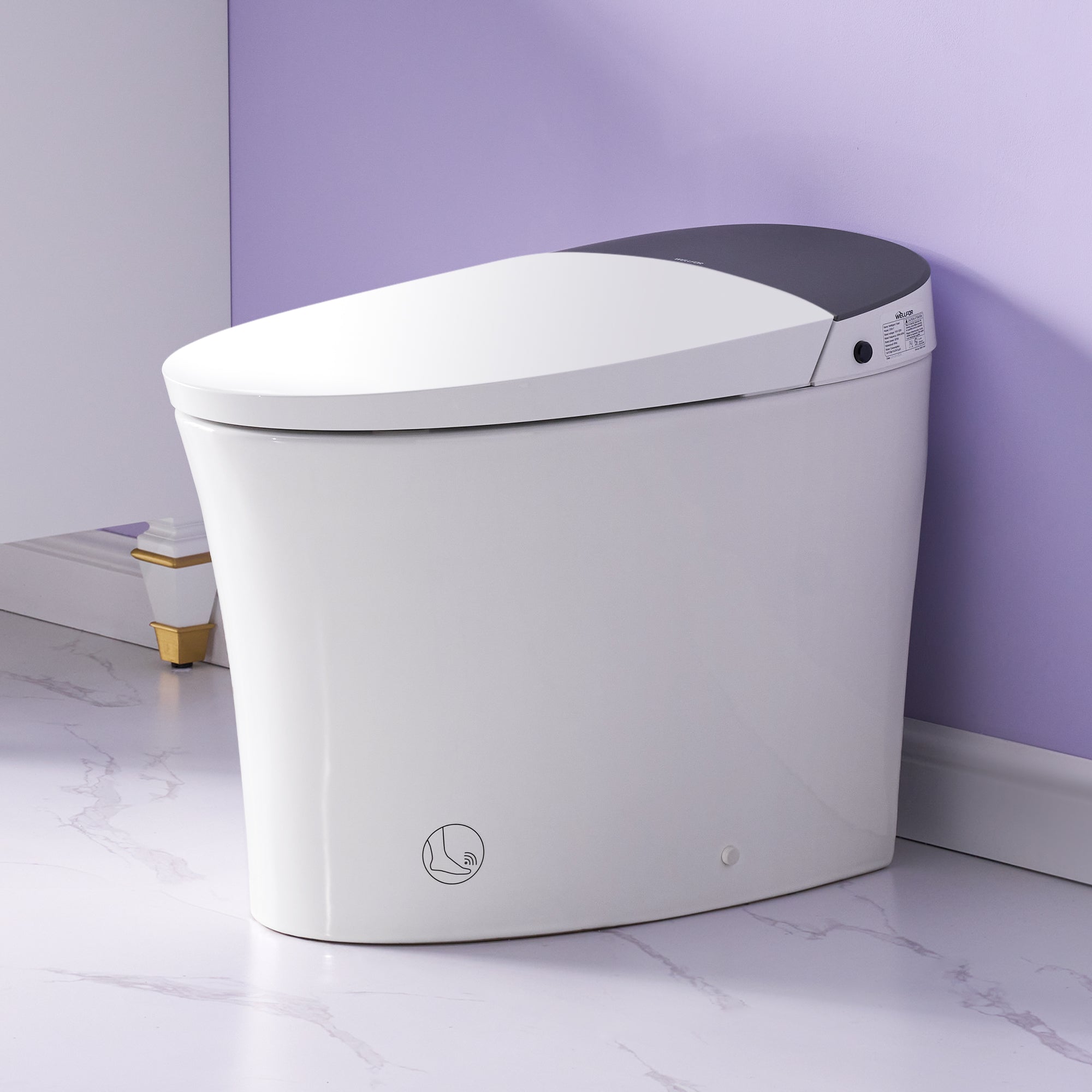
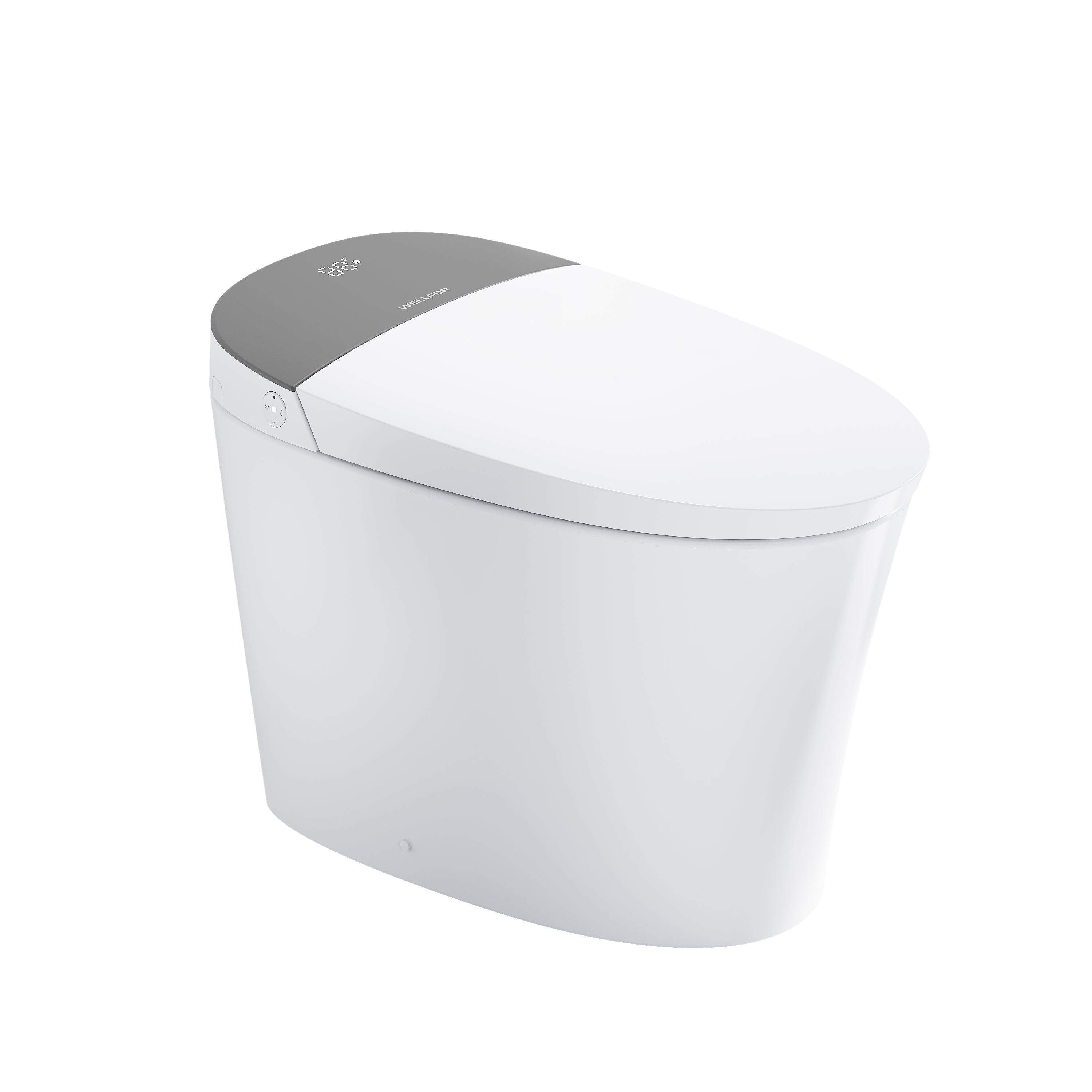
Leave a comment
This site is protected by hCaptcha and the hCaptcha Privacy Policy and Terms of Service apply.